Building a connection with a rabbit isn't always instant, but when it happens, it's worth every minute of patience. Rabbits are unique animals with behaviors that don't always match what you might expect from a dog or cat. That's not a bad thing—it just means they speak a different language when it comes to trust. If you're hoping to build that trust, the way forward starts with respecting their space and letting them set the pace.
Click Here to Shop Rabbit Products.

What works for one rabbit might not work for another, and that's okay. This guide shares proven techniques to help you and your rabbit grow closer, without pushing boundaries or rushing the process. These tips will help you understand your bunny better, respond to their body language, and ultimately create a comfortable environment that encourages rabbit human bonding.
Start with Spaying or Neutering
One of the first things you can do to help your rabbit feel calmer and more connected is to get them spayed or neutered. Hormones can lead to aggressive or territorial behavior, especially in younger rabbits. These instincts might make them more likely to bite, spray, or resist contact altogether.
Once altered, many rabbits become easier to handle and more open to interaction. It also sets the stage for smoother bonding between rabbits if you eventually bring home a companion. While the procedure itself should always be handled by an experienced rabbit-savvy vet, the emotional and behavioral changes that follow are usually positive for both the rabbit and their human.
Be Patient and Let Them Come to You
Bonding with a rabbit isn't about control; it's about trust. If you chase them around or pick them up without warning, they'll see you as a threat. Sit on the floor nearby and let them decide when to approach. If they sniff you and hop away, let it be. That moment still matters.
This process can take days or even weeks, depending on your rabbit's personality and past experiences. Avoid sudden movements or loud noises during these early sessions. Quietly reading a book or scrolling on your phone while they explore your presence is a great low-pressure way to begin earning their trust.
Use Treats as a Trust Tool
Most rabbits can't resist a tasty snack. Small pieces of banana, apple, or unsweetened oat treats can work wonders. Offer these when your rabbit voluntarily comes near you. Over time, they'll begin to associate you with something positive.
You can also try feeding them part of their daily veggie serving by hand. Stick to safe greens like romaine, basil, or cilantro. Always keep the portions small and make sure to introduce new foods gradually. This method not only builds a connection but also helps with your rabbit's dietary variety. For more information on rabbit-safe snacks, visit this resource on rabbit treats.
Get on Their Level, Literally
Rabbits feel most secure when they're on the ground. Holding them too often, especially if they're not used to it, can actually hurt the bond you're trying to build. Instead, sit or lie down on the floor so you don't seem so large and intimidating. This opens up an opportunity for your rabbit to explore and interact at their own pace.
Many bunnies prefer being near you rather than being held. If they hop into your lap on their own, that's a sign of deep trust. Don't grab them or make sudden movements that might make them retreat. Just enjoy the moment. It might not happen every day, but when it does, it's a big deal.
Recognize When Your Rabbit Feels Nervous
Understanding rabbit body language is a major part of rabbit human bonding. A rabbit that's crouched low, with ears pinned back and eyes wide, isn't in the mood for interaction. Trying to force a play session or petting in that moment can damage your relationship. Respect the signs.
Wait until your rabbit seems relaxed—stretching out, grooming, or hopping around playfully. Those are signs they feel safe. That's when bonding activities will be most effective. For a breakdown of rabbit body signals and meanings, check out this rabbit body language guide.
Playtime Builds Relationships
Rabbits may not fetch like dogs, but they love to play. Cardboard tunnels, paper bags, and willow balls are great ways to bring fun into your rabbit's routine. But don't just toss a toy and walk away. Sit with your rabbit. Roll a ball gently toward them or crinkle paper to spark their interest.
You can even play hide-and-seek with treats. Hide a small piece of fruit under a cup and let your bunny figure out where it is. Engaging with your rabbit during these moments helps build familiarity and establish a routine. It shows them you're more than just the person who fills their food bowl.
Support Rabbit Human Bonding with Daily Habits
Small, consistent actions matter more than grand gestures. Talking softly to your rabbit as you pass by their enclosure helps them become accustomed to your voice. Giving them their favorite veggie every morning creates a moment they look forward to. Sitting near them during downtime without expecting interaction shows respect for their boundaries.
These daily patterns teach your rabbit that you are predictable and safe. The more they trust your routines, the more open they'll be to deeper interactions over time. Every day is a chance to build more trust—whether through play, treats, or quiet companionship.
Keep Their Environment Clean and Comfortable
Rabbits are clean creatures by nature. A dirty or cluttered enclosure can cause them stress, which will affect their mood and behavior. Make it a habit to scoop litter boxes daily and refresh hay regularly. Wash food and water dishes a few times a week, and inspect them for any signs of mold or debris.
Keeping your rabbit's space tidy not only improves their health but also makes them more open to being social. A relaxed, content rabbit is more likely to seek you out. You can learn more about litter training from our article on litter box challenges.

Offer the Right Diet for a Happy Rabbit
Good food equals good mood. A rabbit that's eating well is more likely to be active and curious. Their primary food source should be fresh hay—Timothy hay for adults and alfalfa for young bunnies under seven months. Add a variety of leafy greens and limit pellets to a measured daily portion.
Dental health also plays a role in behavior. Rabbits with tooth pain may act withdrawn or irritable. Offer safe chew toys and hay types that help maintain good dental health. If your rabbit stops eating or you notice drooling or weight loss, schedule a vet visit right away. For more on dental-friendly chew options, explore our collection of rabbit-safe toys.
Let Children Join the Bonding Process Carefully
If you have kids, bonding can be an exciting family event—but it needs guidance. Teach children how to recognize rabbit cues and avoid chasing or grabbing. Supervise all early interactions and model gentle behavior. Rabbits are more likely to trust kids who mirror calm and quiet energy.
You can even make bonding into a fun routine. Reading a book aloud while sitting near the bunny's space, giving a daily treat, or creating a play area that includes both kids and rabbit-safe toys helps everyone feel included. Over time, this builds mutual respect between your children and their furry friend.
Build Confidence Through Routine
Rabbits love predictability. Feeding them at the same times each day, cleaning their space regularly, and engaging in familiar activities helps them feel secure. Once they realize that your presence brings comfort instead of chaos, they'll start to view you as part of their inner circle.
That's where rabbit human bonding really starts to deepen. Confidence builds when your rabbit can rely on you—whether it's for meals, play, or simply being nearby during quiet times. You don't need to do anything fancy; just be present and consistent. That's what makes the difference.
Give Your Rabbit Room to Explore You
Rabbits are naturally curious, and they love to explore. Place a blanket on the floor, sit quietly, and let your bunny sniff your feet, tug at your sleeve, or nudge your leg. This kind of interaction, where they initiate the contact, builds trust faster than if you reach out to them first.
Resist the urge to pet them right away. Let them explore freely and choose when to pause near you. When your rabbit lies down beside you or stretches out fully, they're showing vulnerability—and that's a major sign of comfort and trust.
Know When to Take a Break
Some days, your rabbit will want nothing to do with you. That's normal. Forcing interaction when they're not in the mood only causes setbacks. It's better to pause and wait for another time than risk pushing too far. Think of bonding as a marathon, not a sprint.
If your rabbit seems especially skittish or aggressive for more than a few days, there could be an underlying issue. Consider a health check with a rabbit-savvy vet to rule out discomfort. Sometimes behavioral changes come from physical problems, not emotional ones.
Celebrate the Small Wins
Are your rabbits grooming themselves near you? That's a win. Hopping into the same room you're in just to lie down? Another win. These little moments show your bunny is starting to feel safe and included. Keep noticing and appreciating them.
Building a deep connection with your rabbit doesn't always look like snuggles or kisses. It can be a quiet nap in the same room, or a nose boop during playtime. These daily interactions, even if small, are the building blocks of lifelong trust and friendship.
The Role of Quality Products in Bonding
The right tools can support rabbit human bonding in meaningful ways. Clean, soft bedding, fresh and inviting hay, and safe chew toys all help create a comfortable space. A happy rabbit in a cozy environment is more likely to be social and relaxed.
At Rabbit Hole Hay, we offer farm-fresh hay and enrichment toys shipped right to your door. Supporting your rabbit's well-being with the right products is another way to say, "You're safe here." It's one more step in building that trust-filled bond.
Key Takeaways for Building Rabbit Human Bonding
-
Let your rabbit guide the pace of your relationship. Trust takes time, and that's perfectly normal.

Use food, routine, and low-stress environments to create positive experiences.
Respect their boundaries, read their body language, and celebrate small signs of connection.
By learning your rabbit's language and meeting their needs with patience and care, you'll build a connection that's both meaningful and long-lasting. Whether it's through quiet companionship or interactive play, every moment you share strengthens the bond.
To explore more helpful tips, check out our guide on encouraging your rabbit to play—a perfect next step to deepen your connection even further.







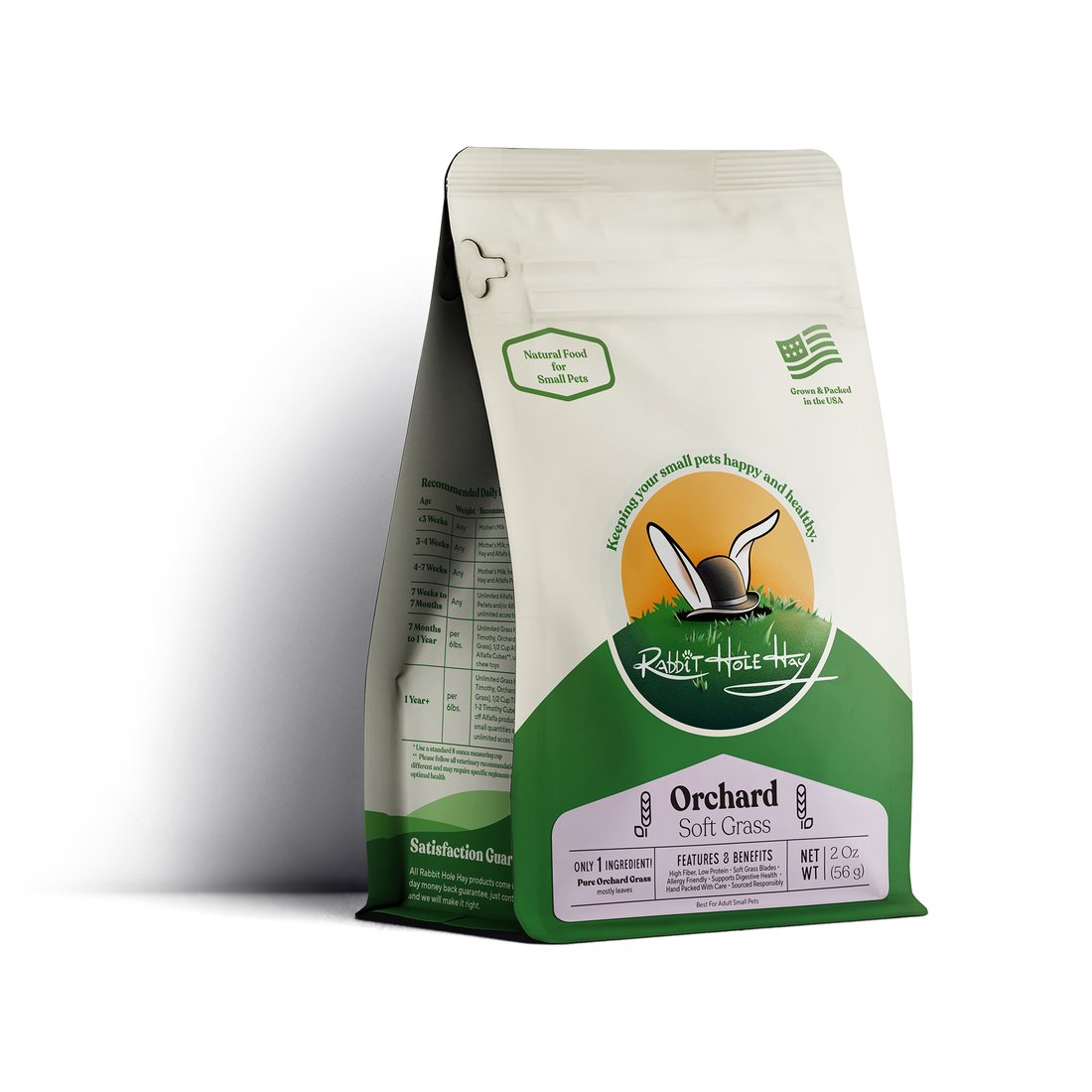

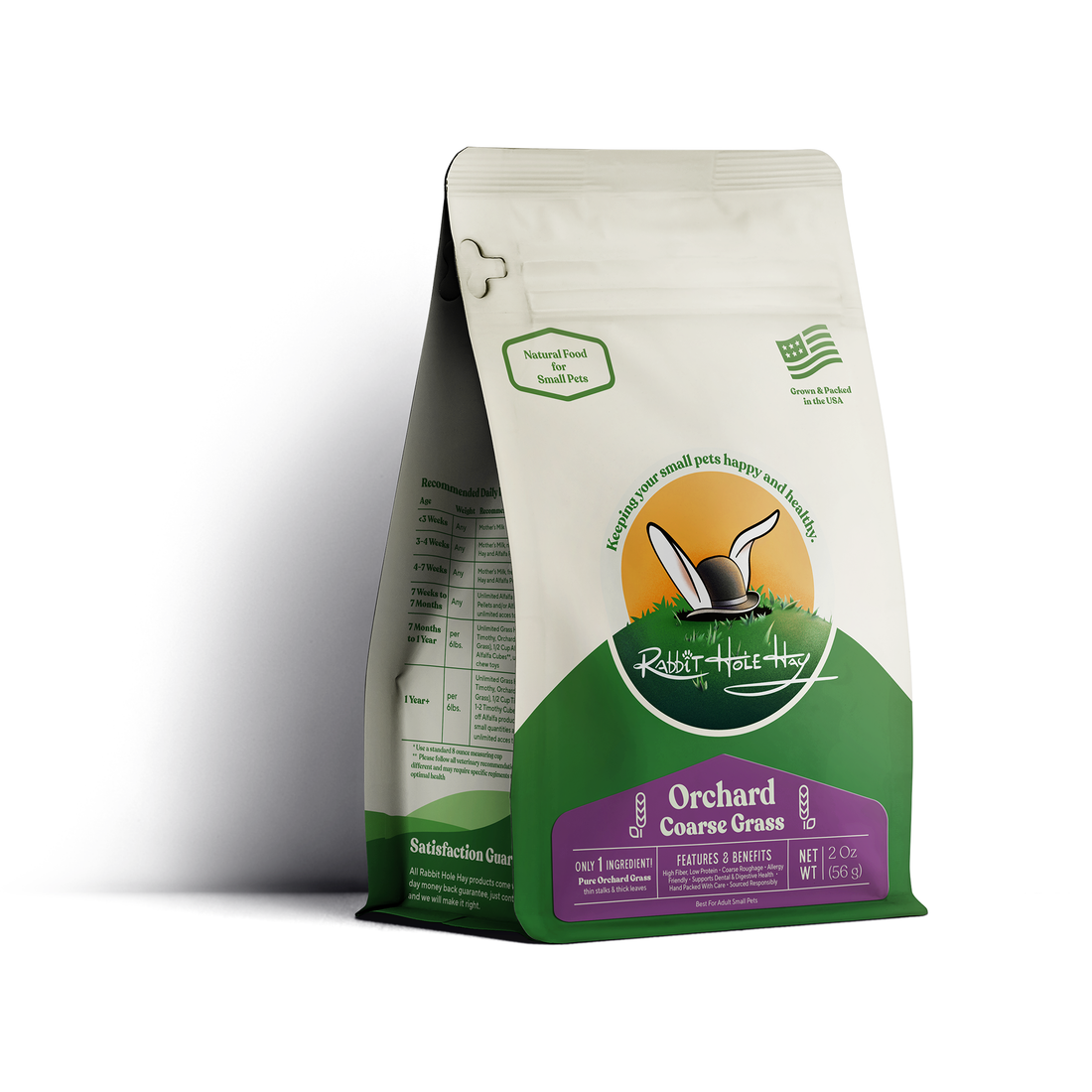



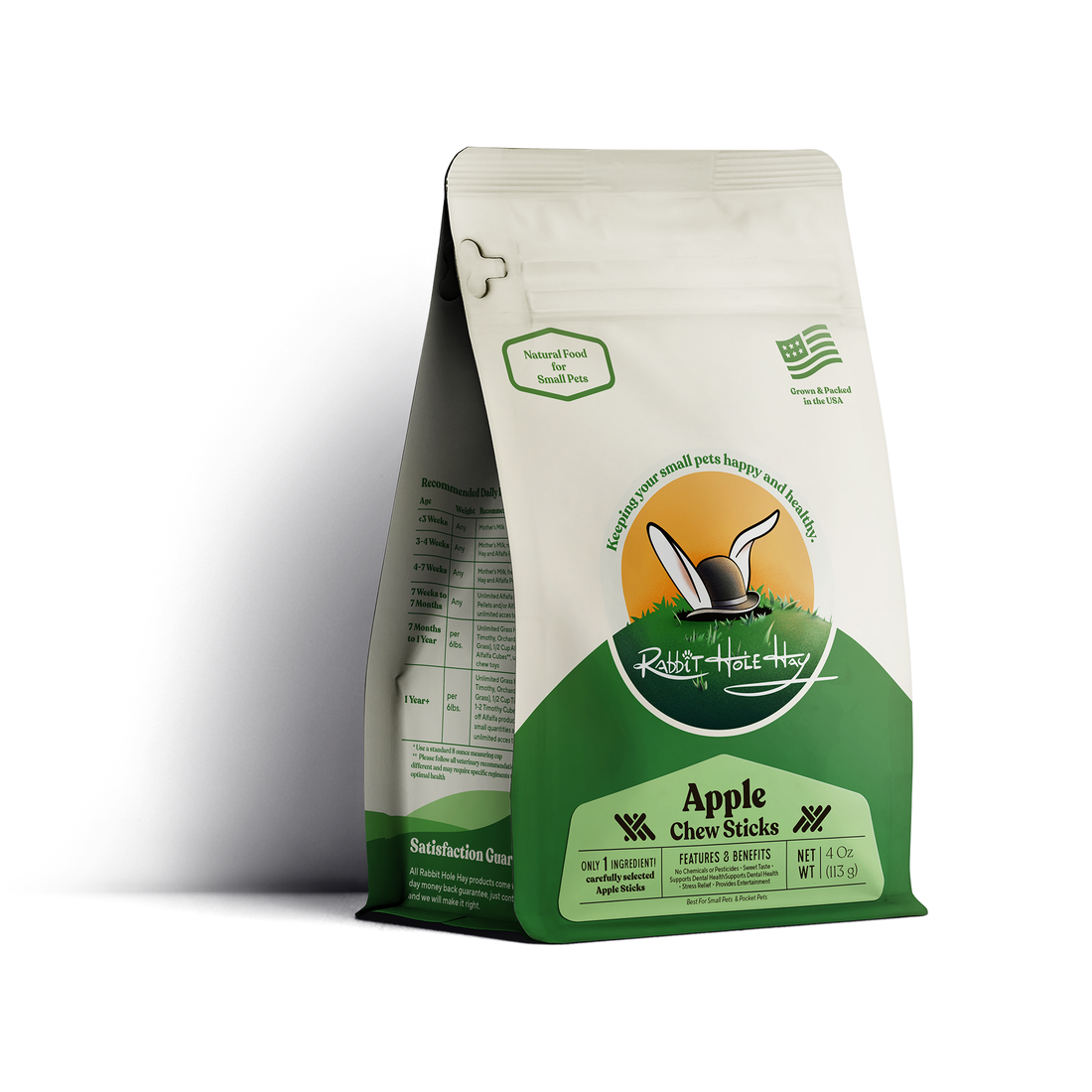



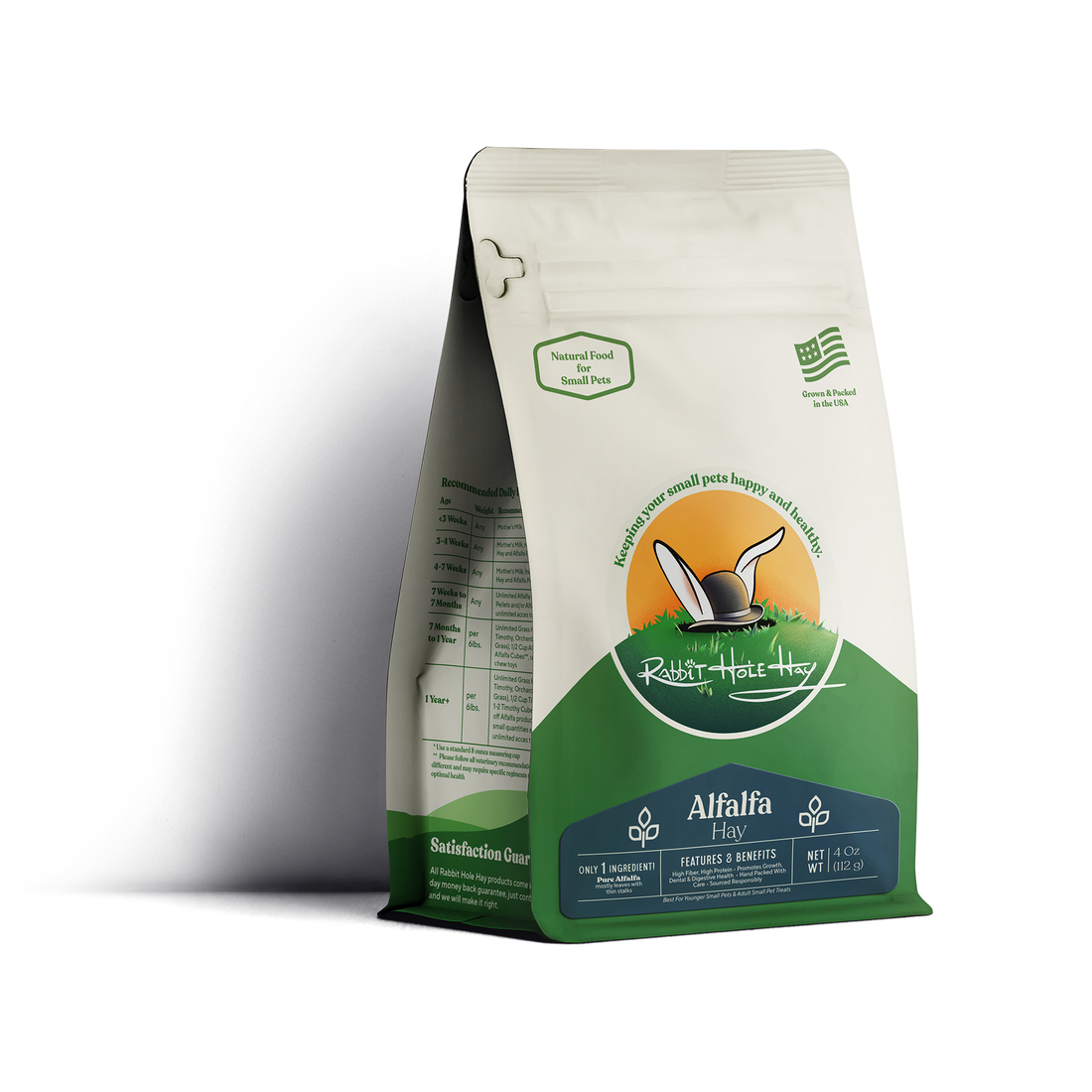


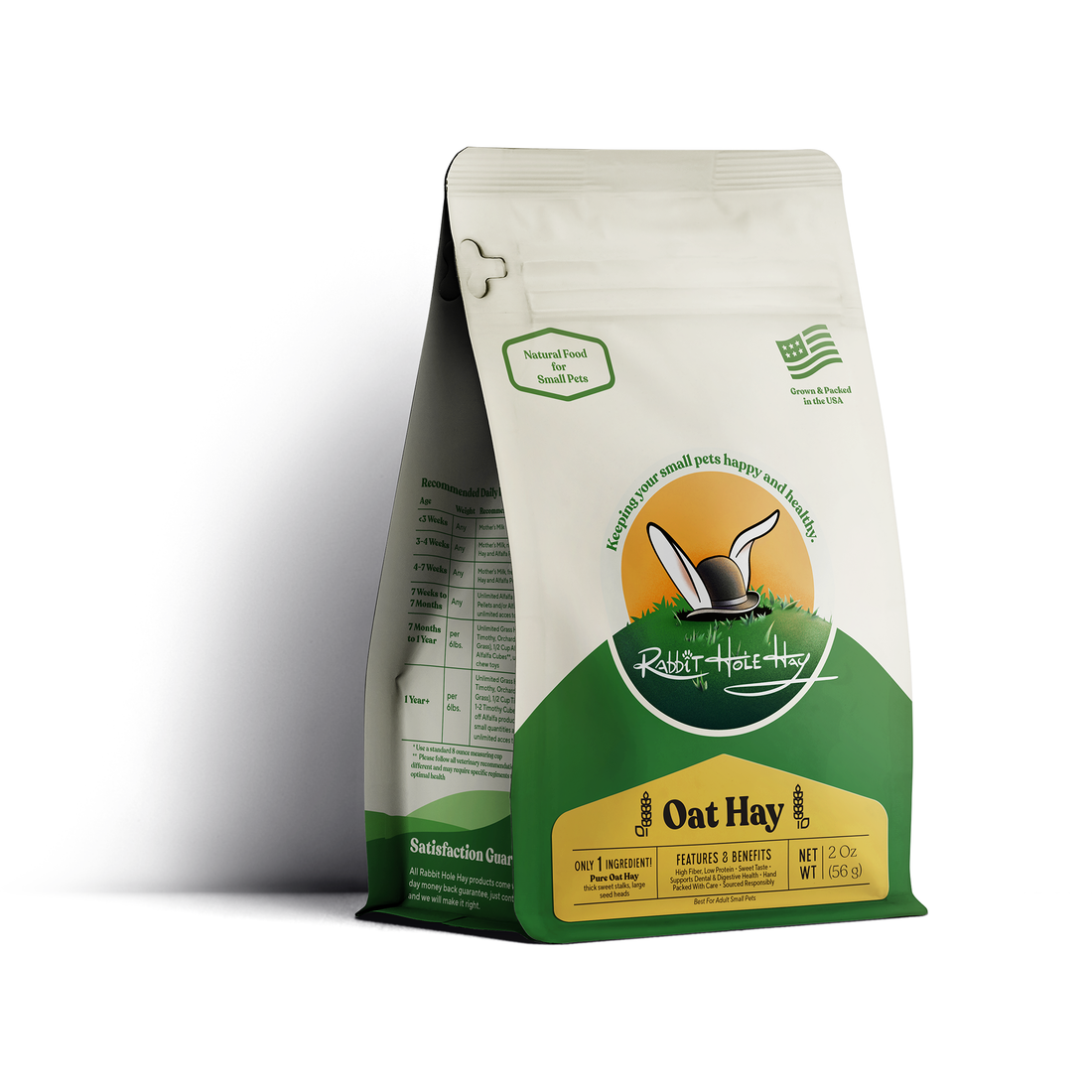
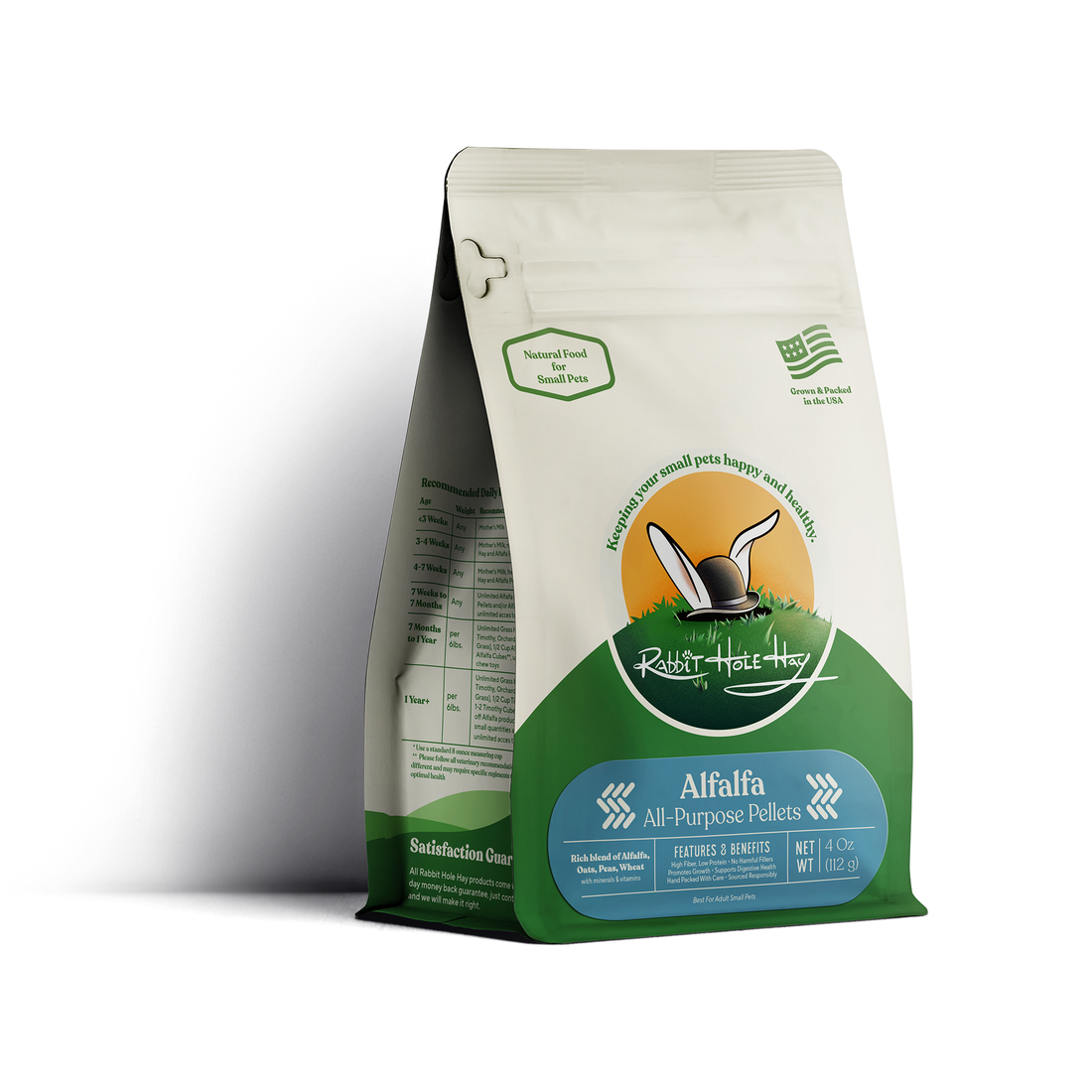

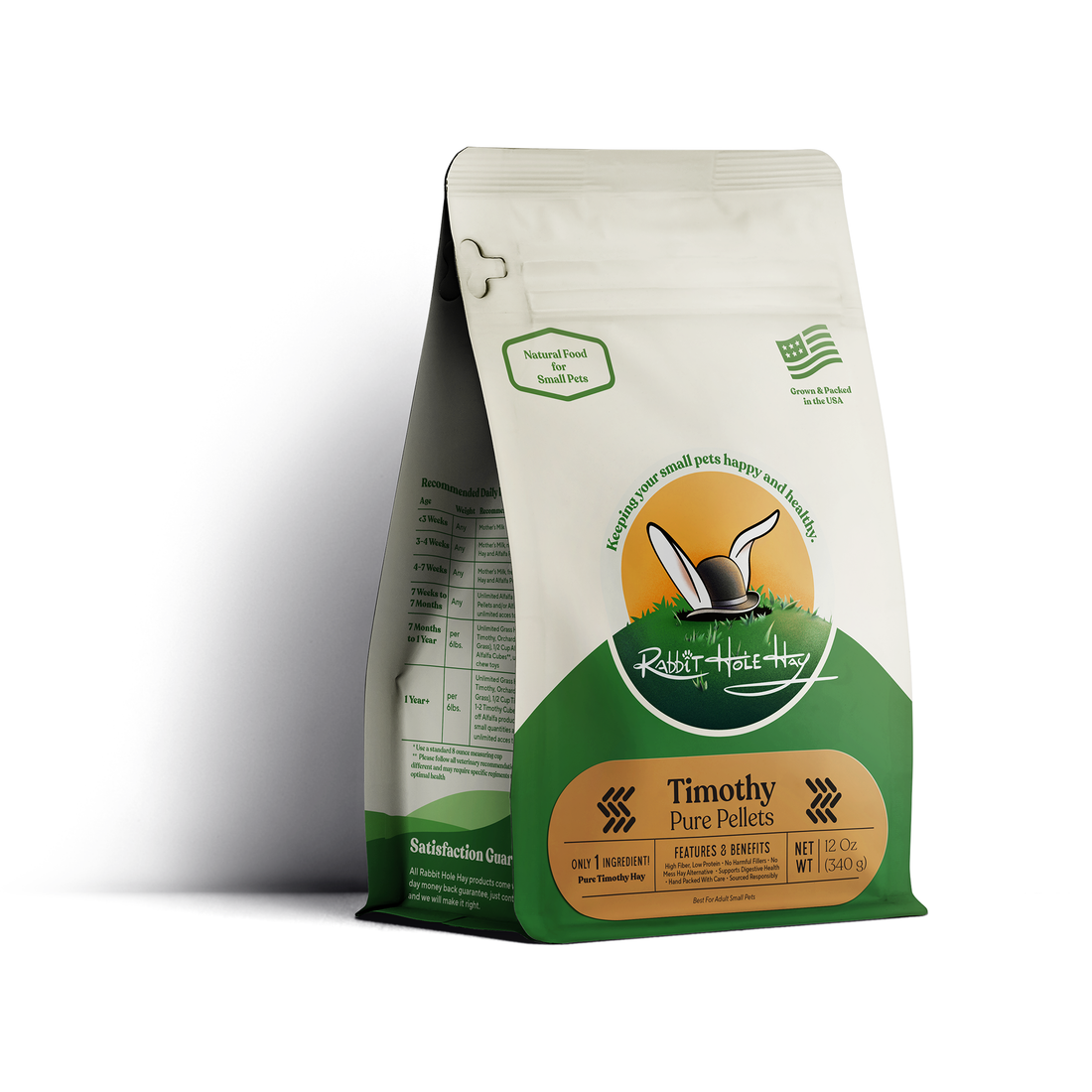

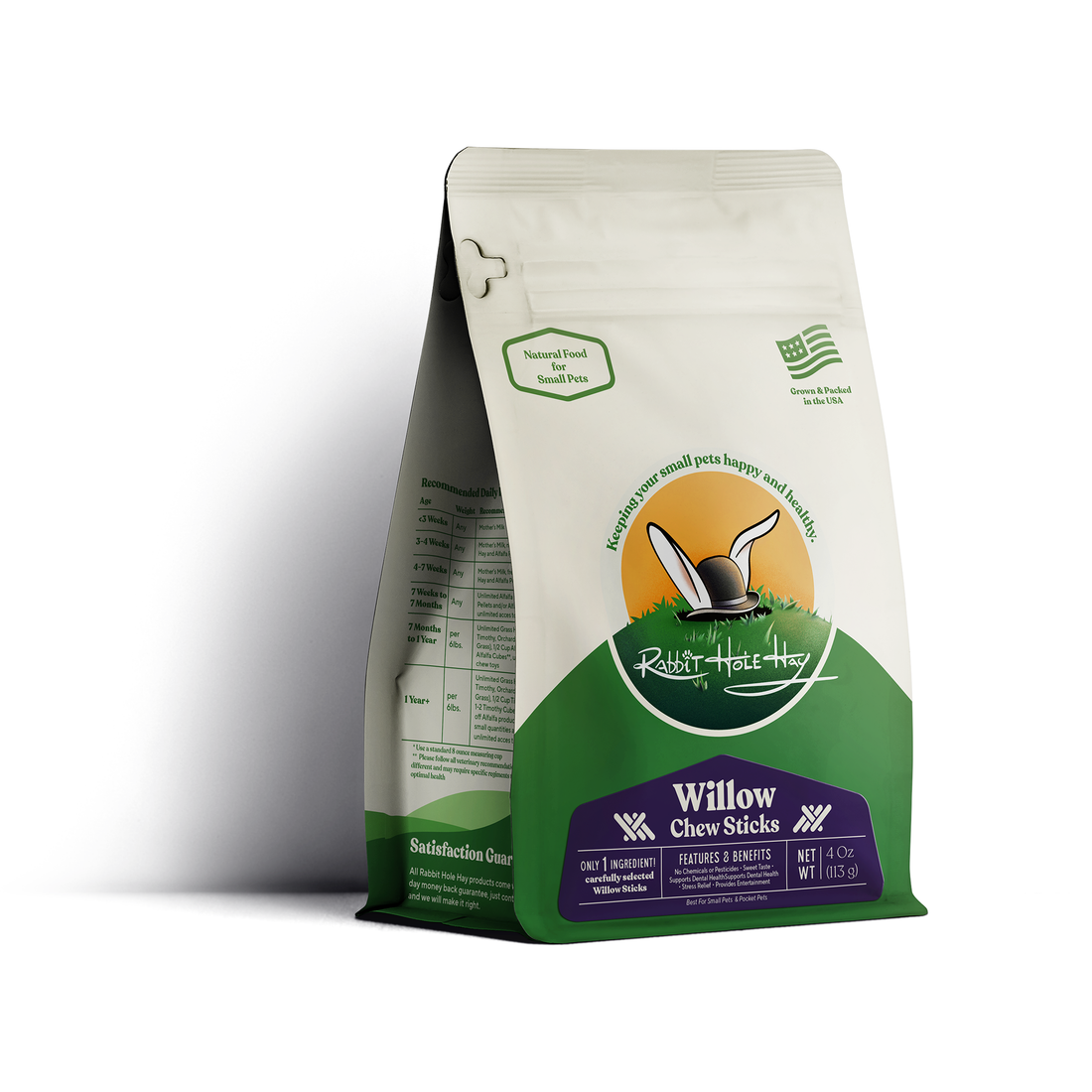

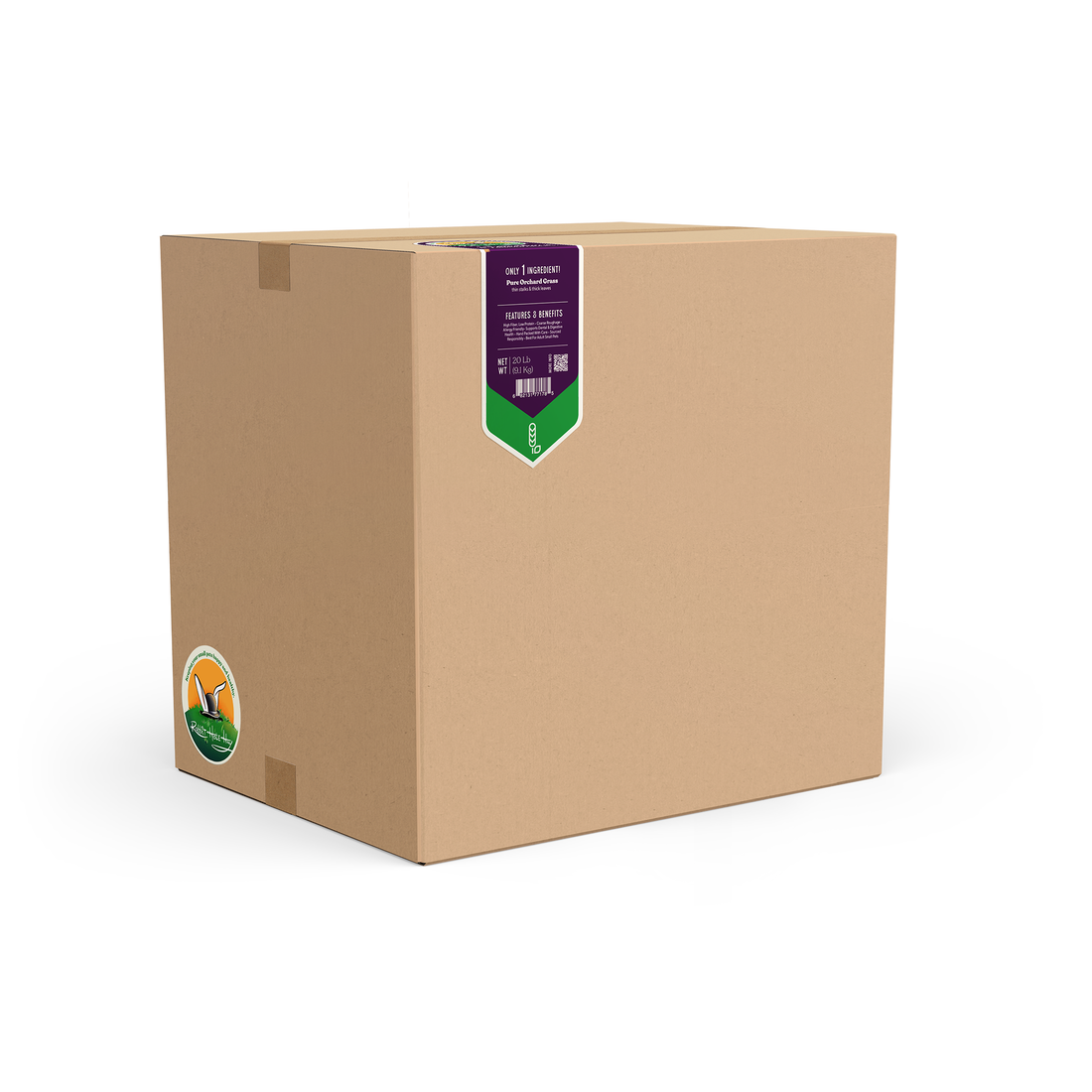

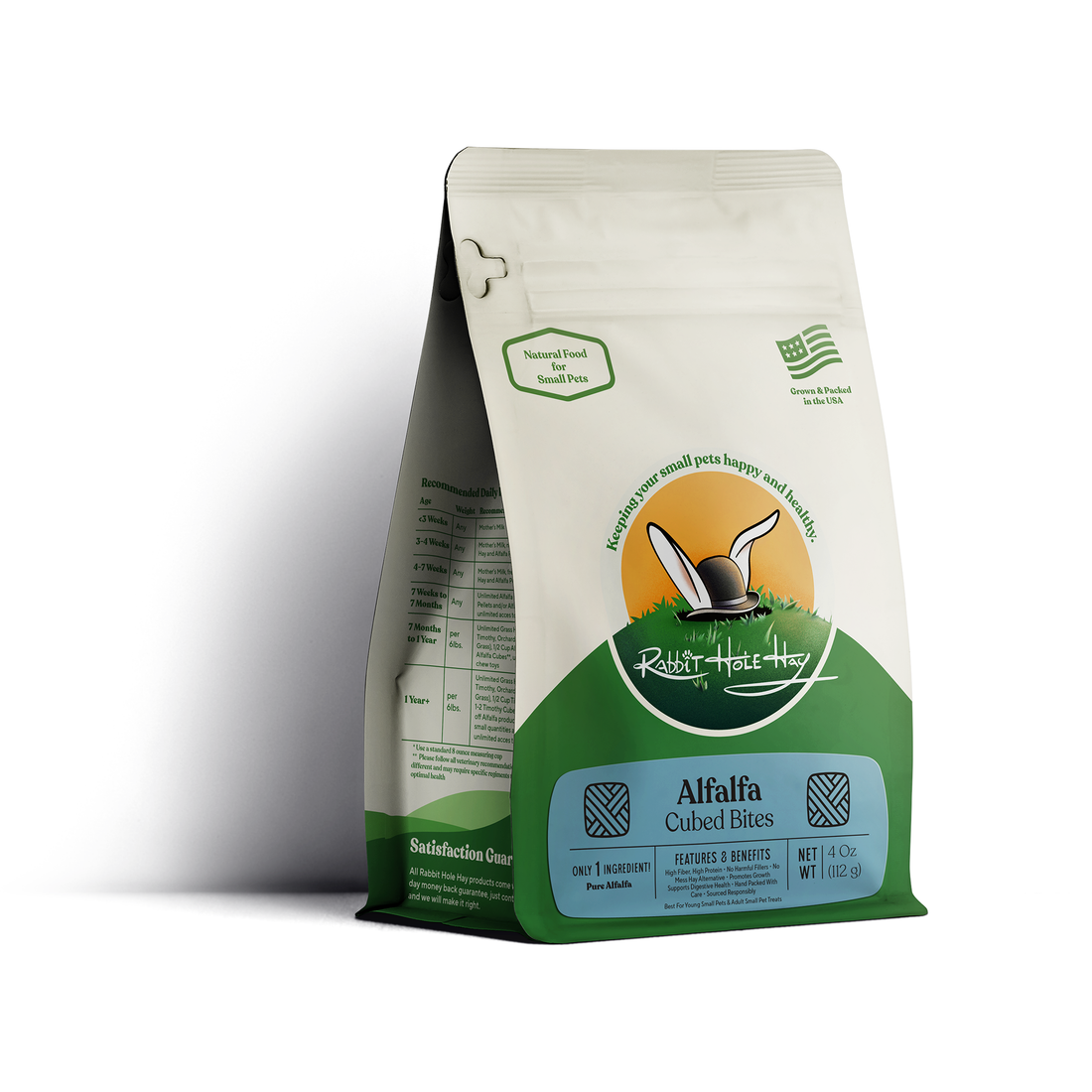
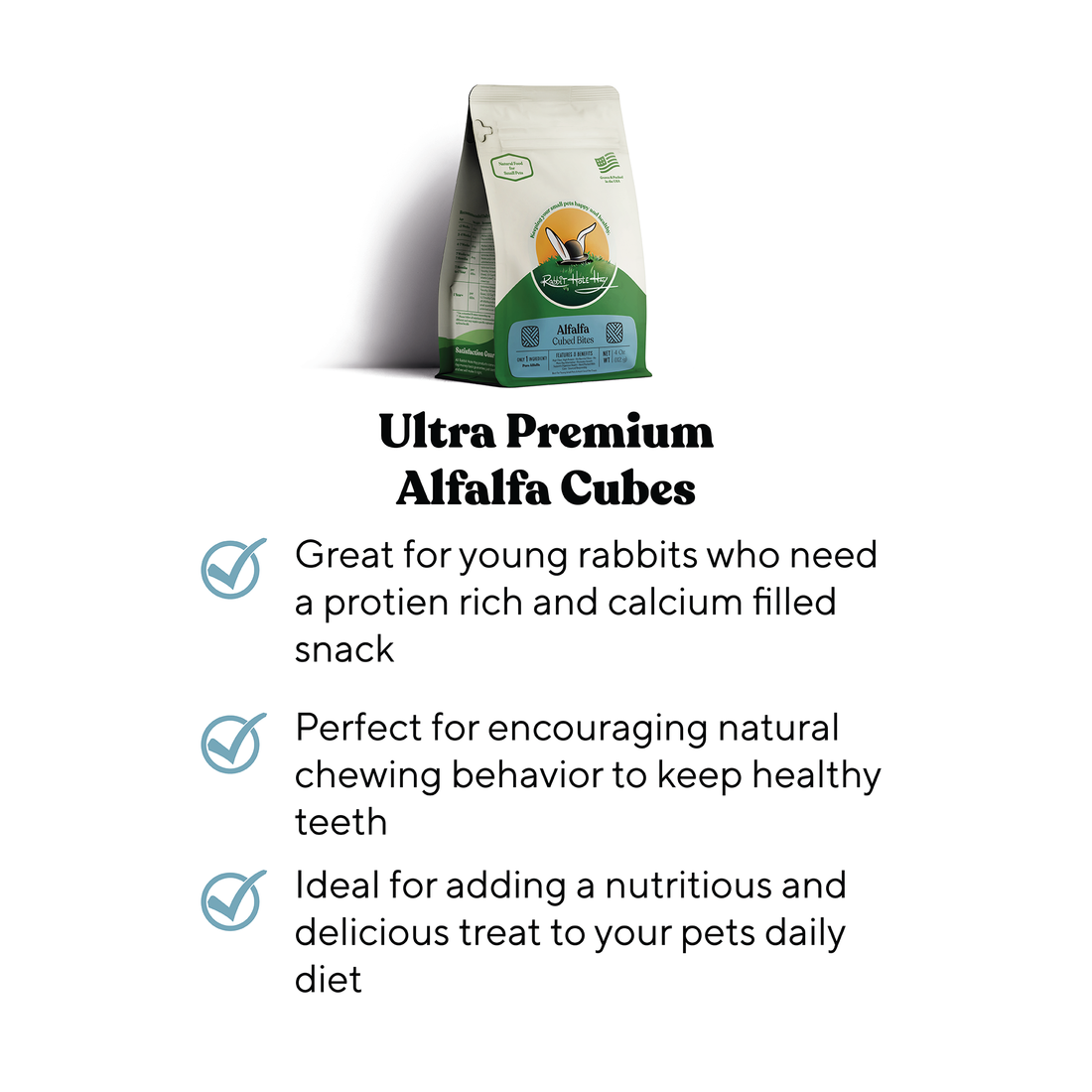
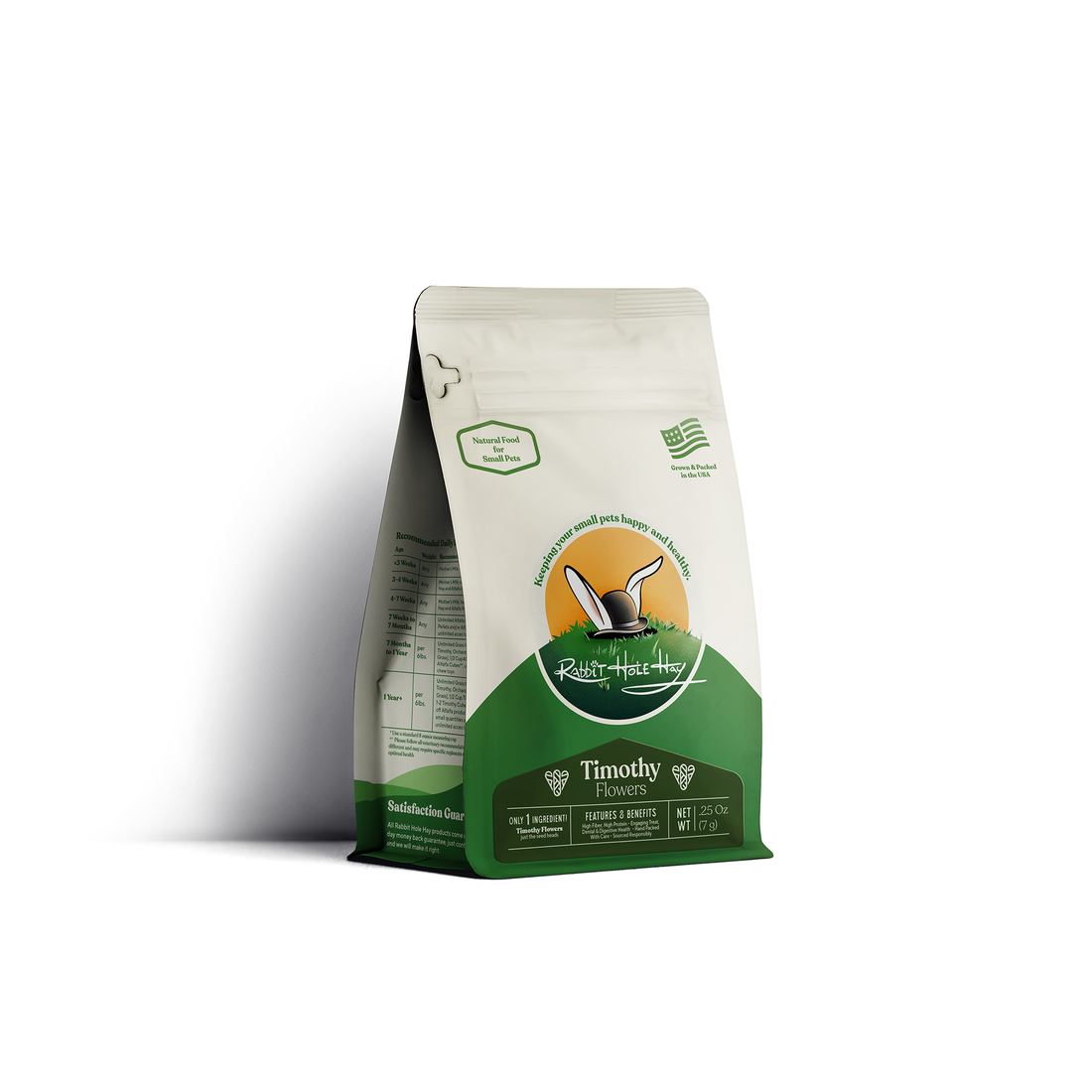

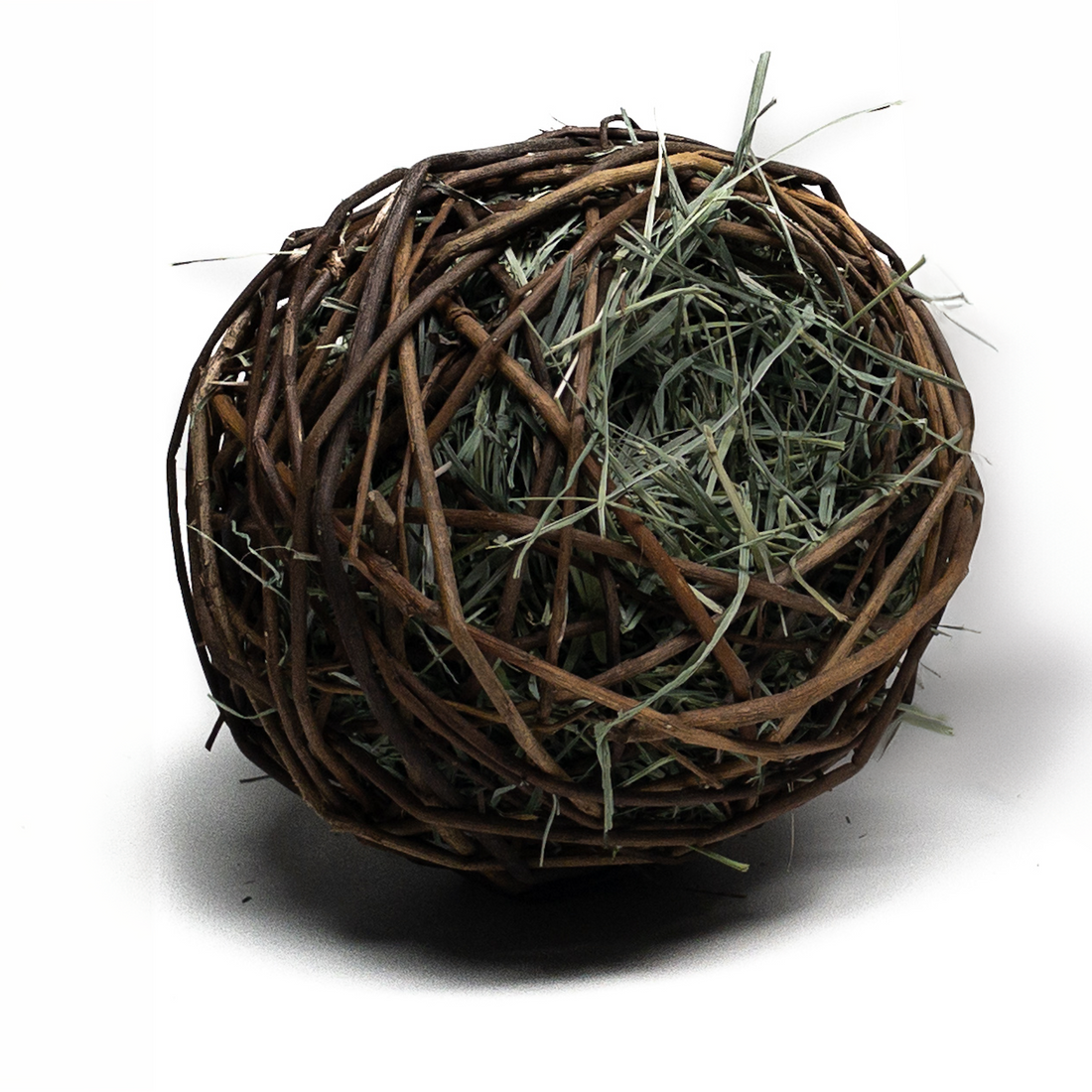
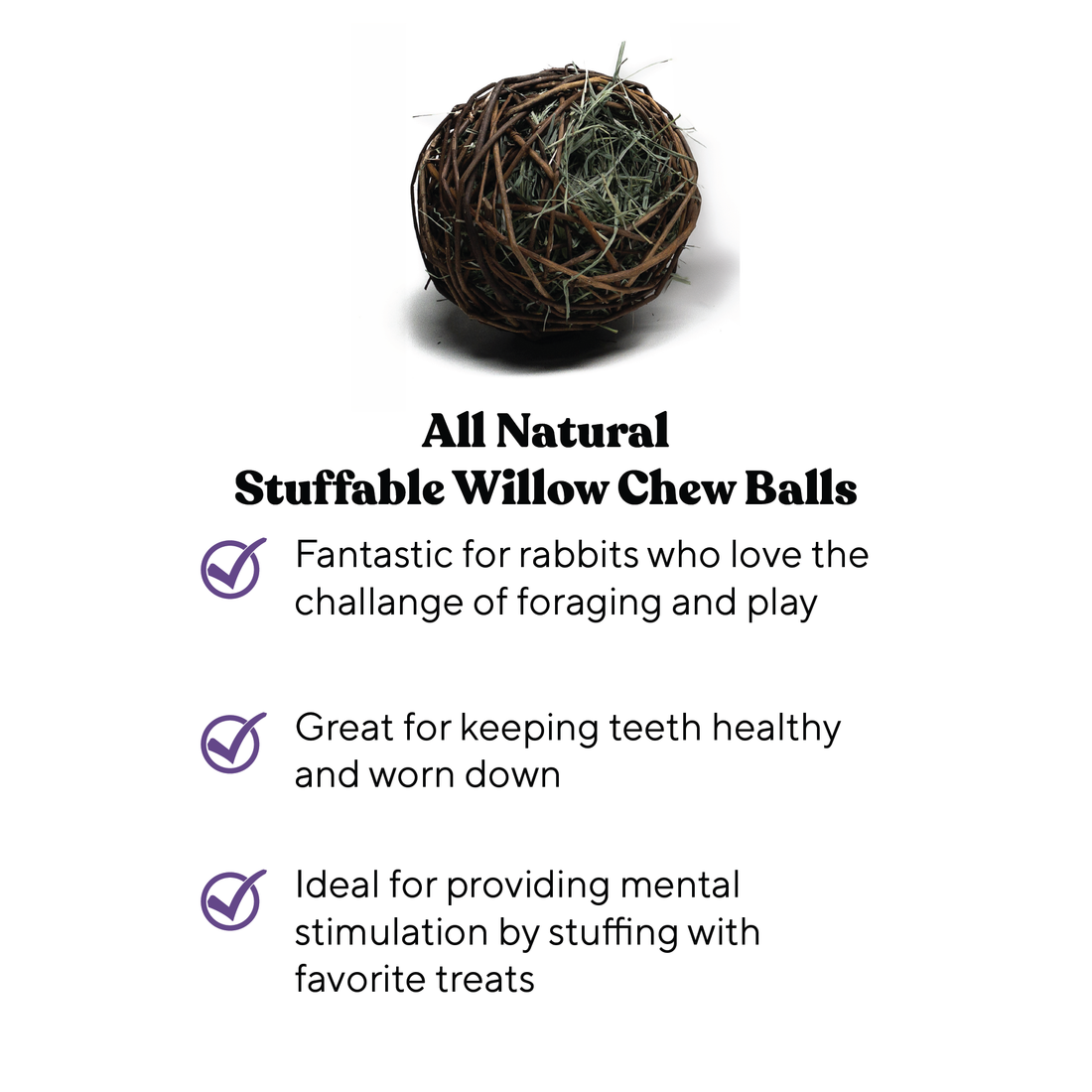
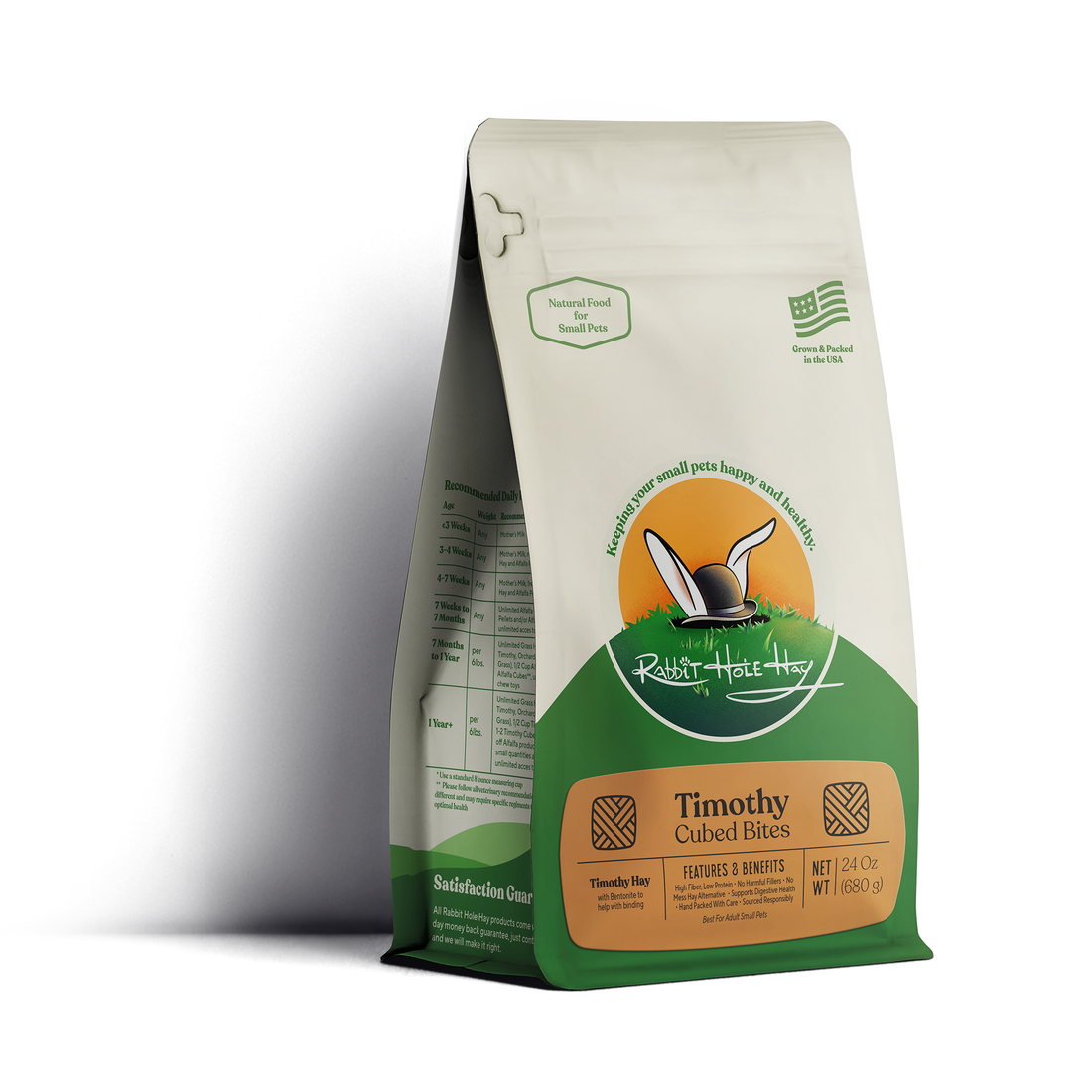


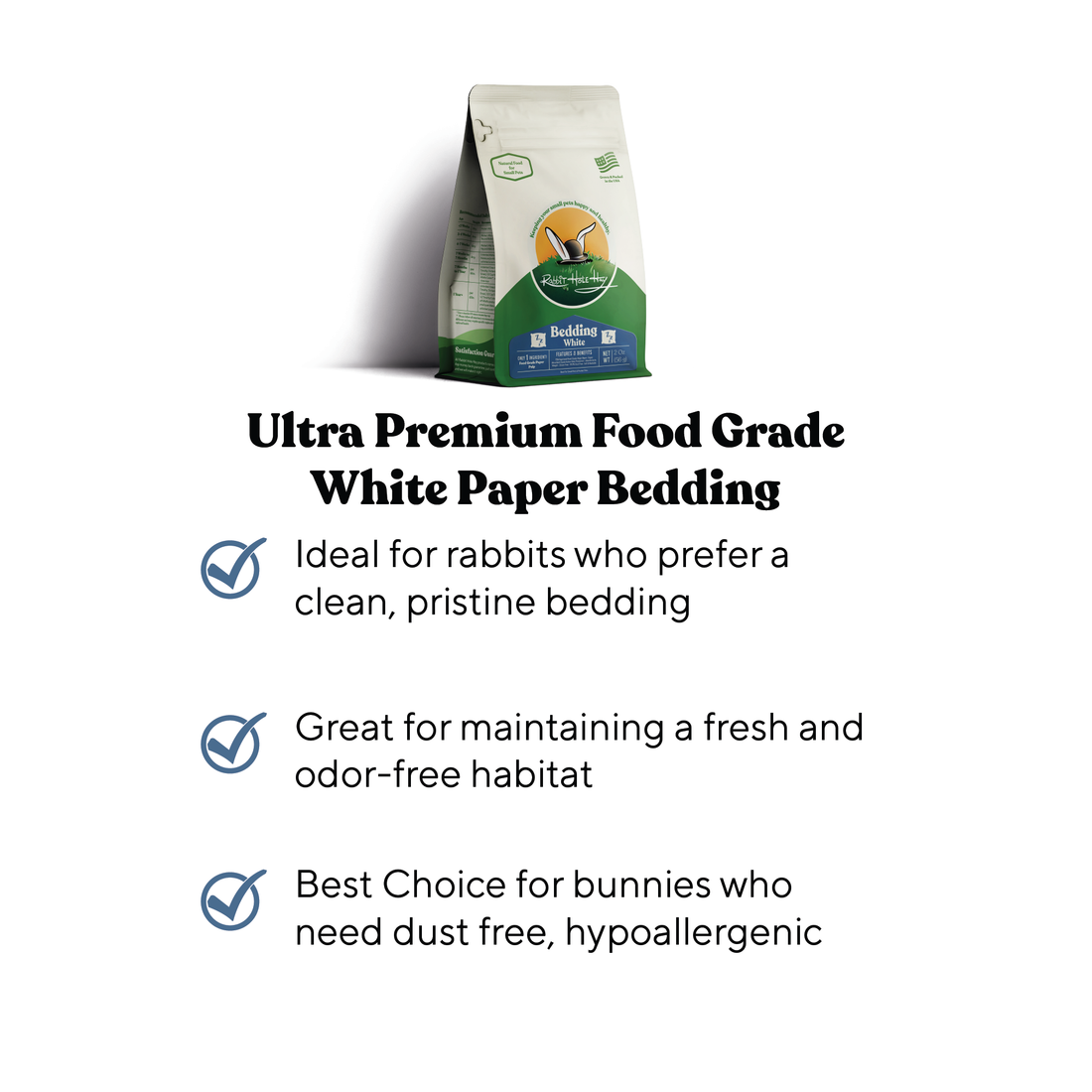





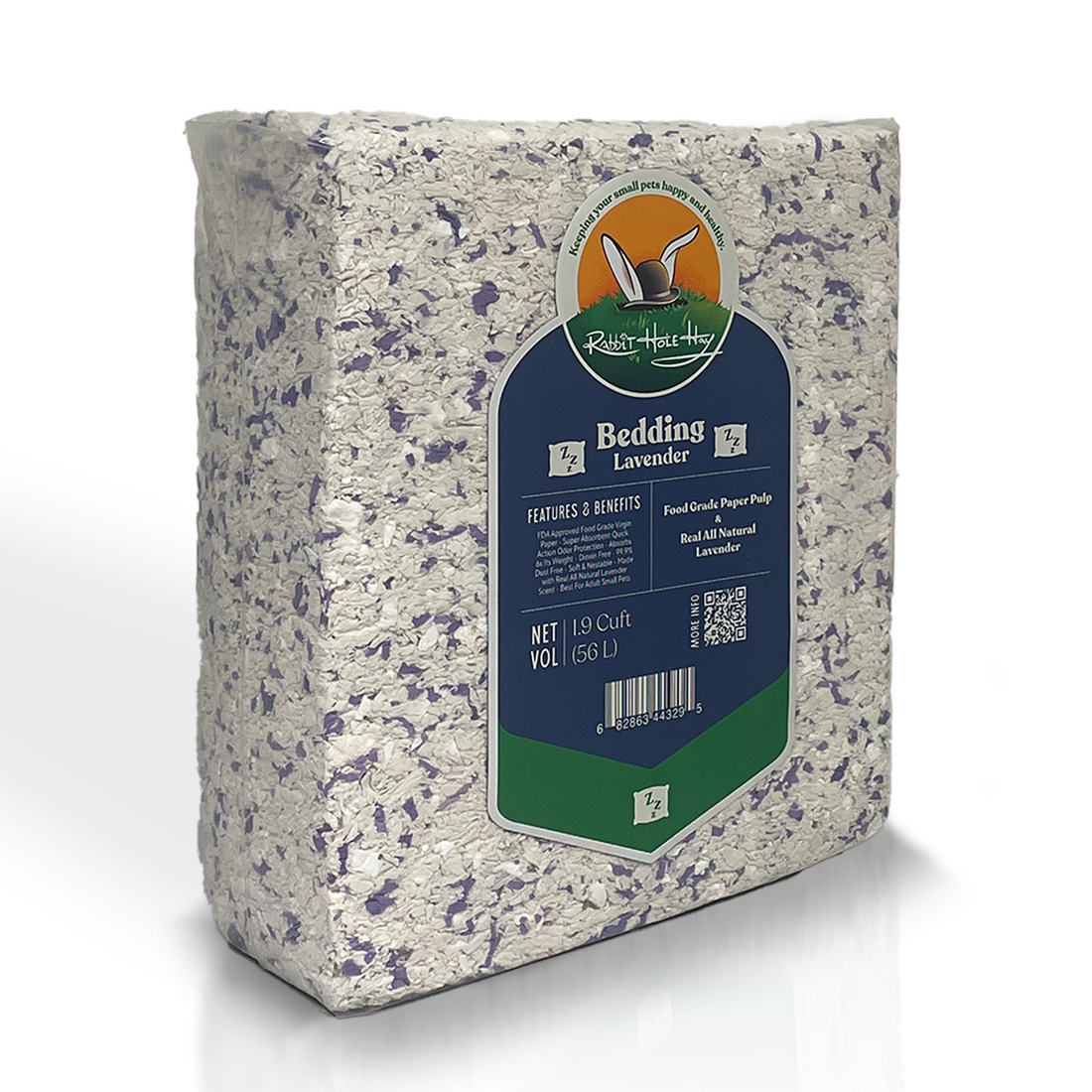


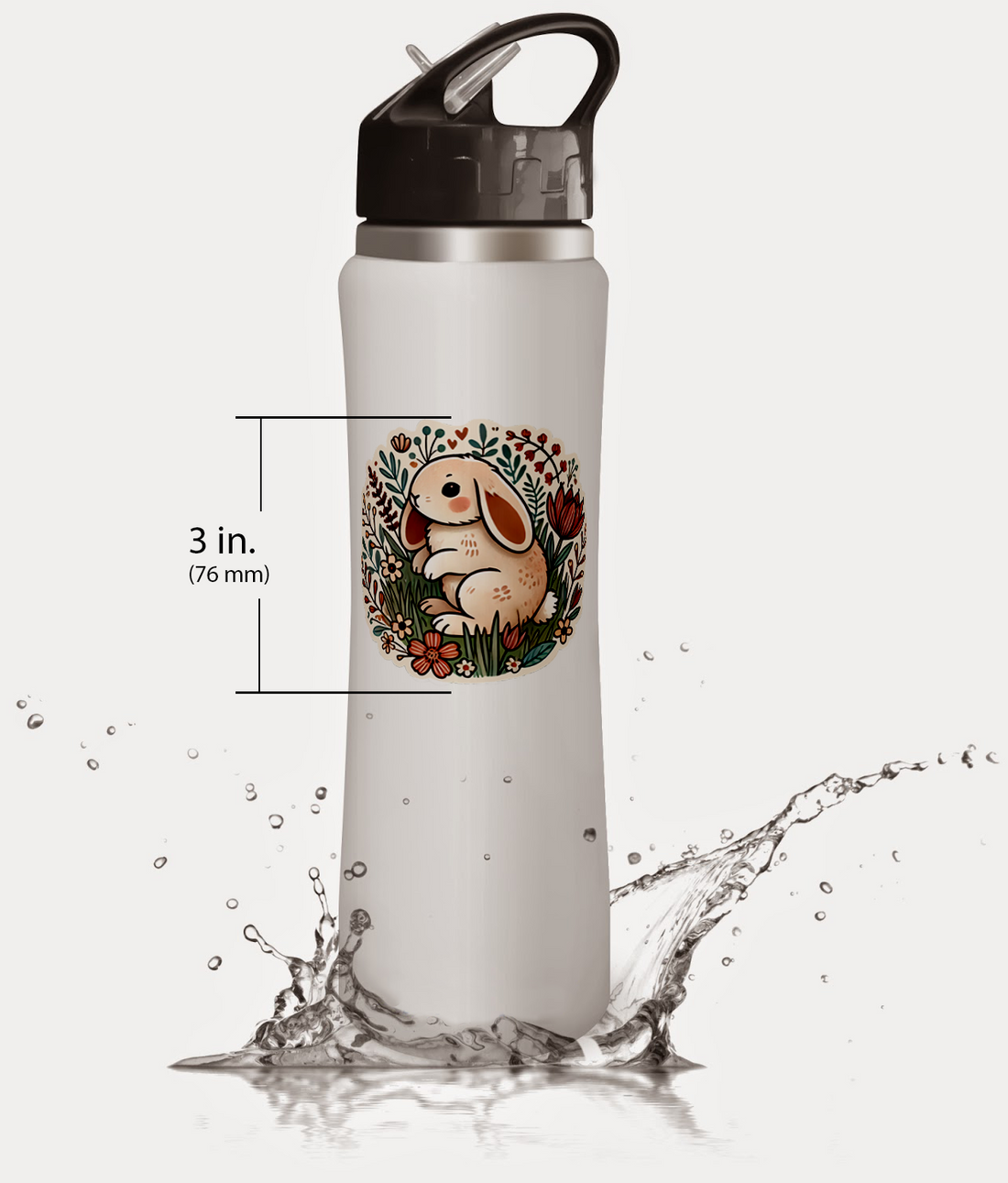







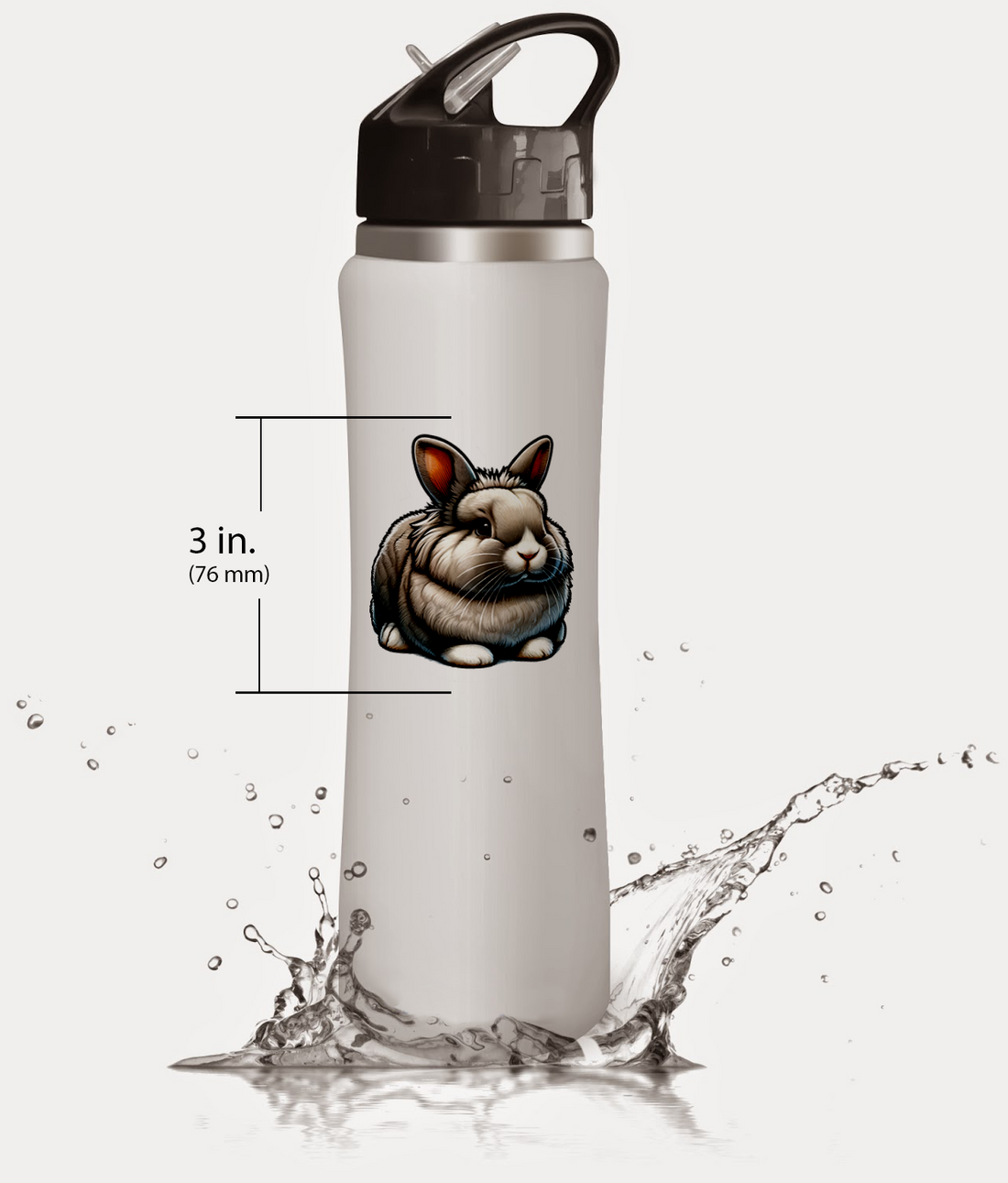

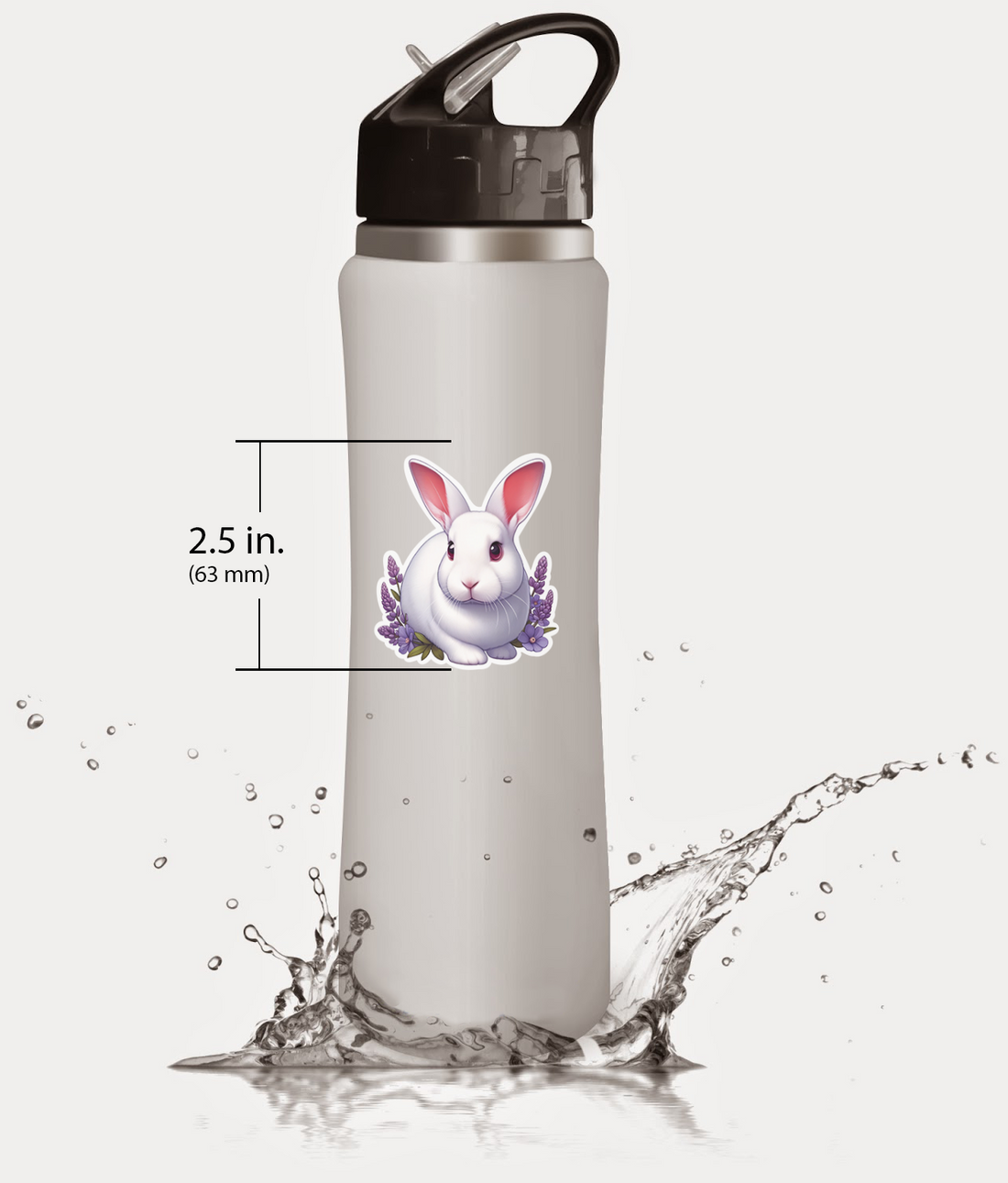
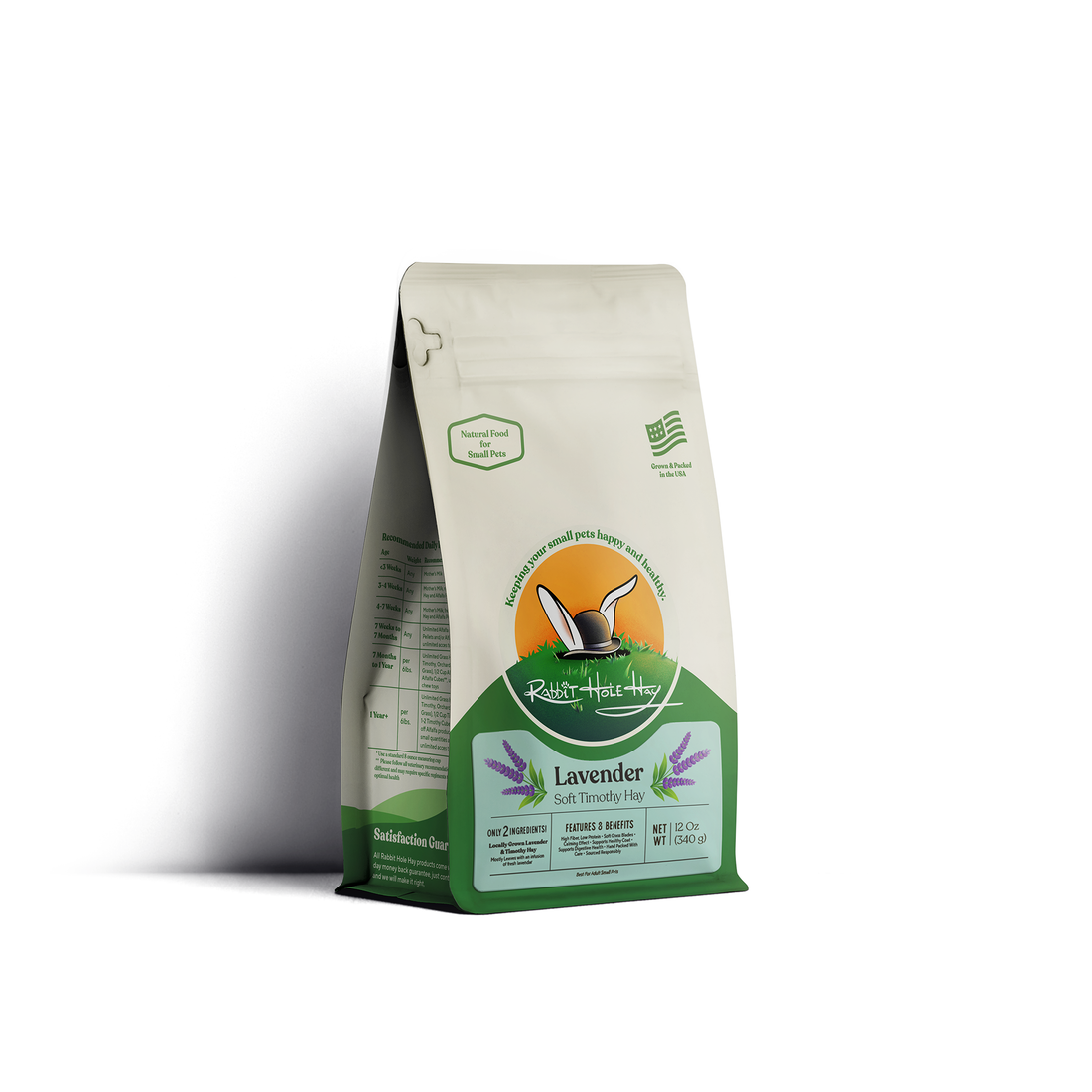




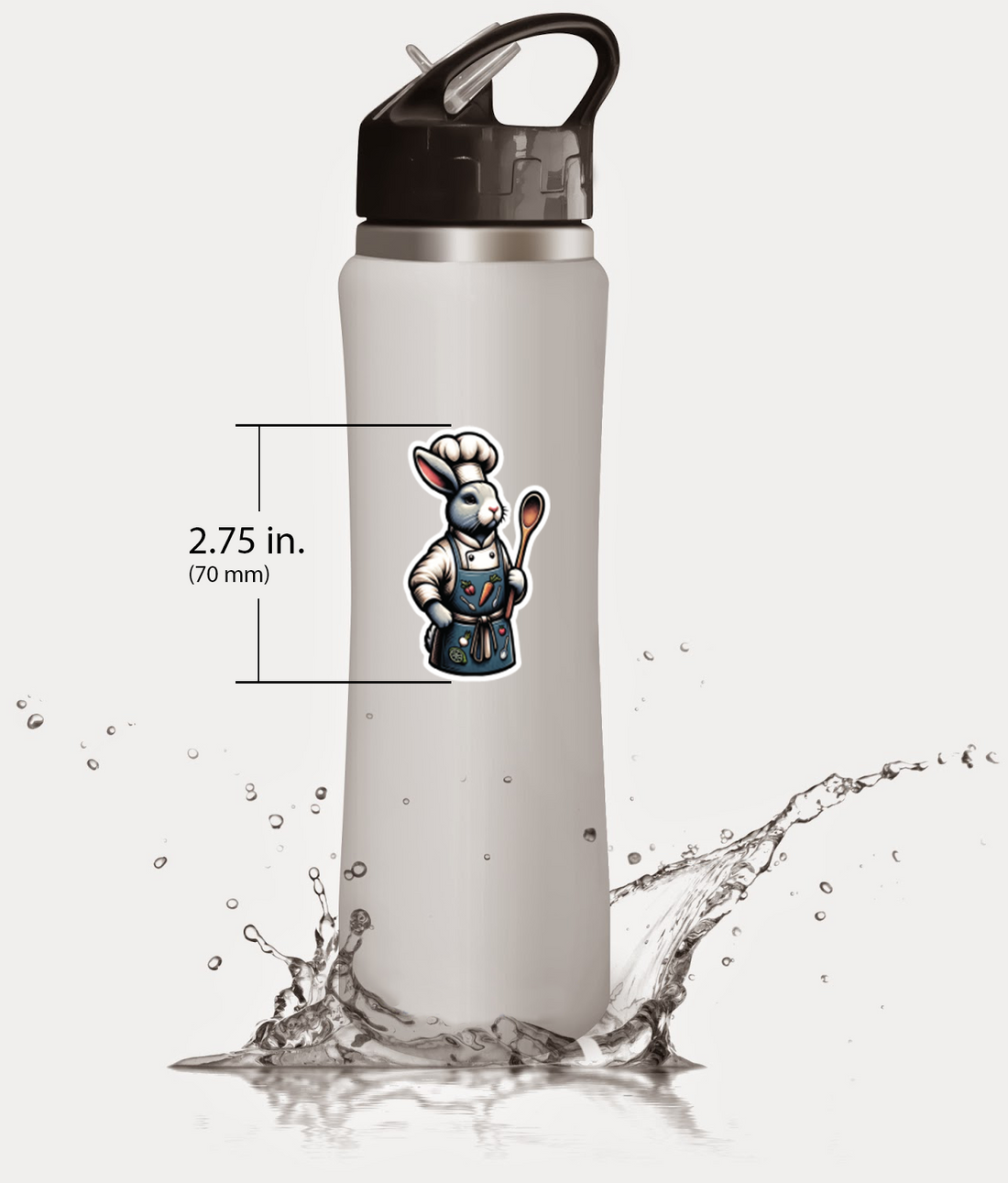





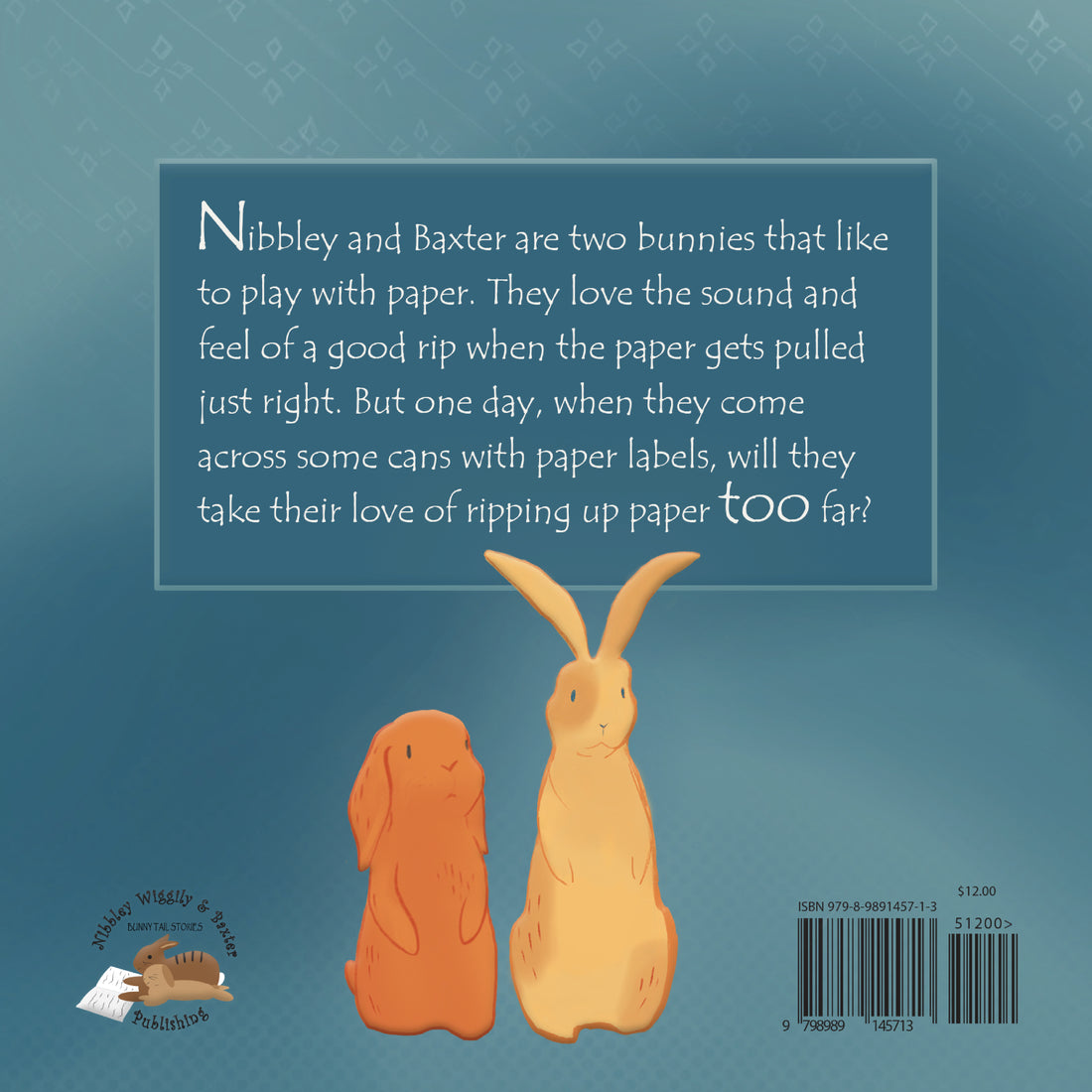
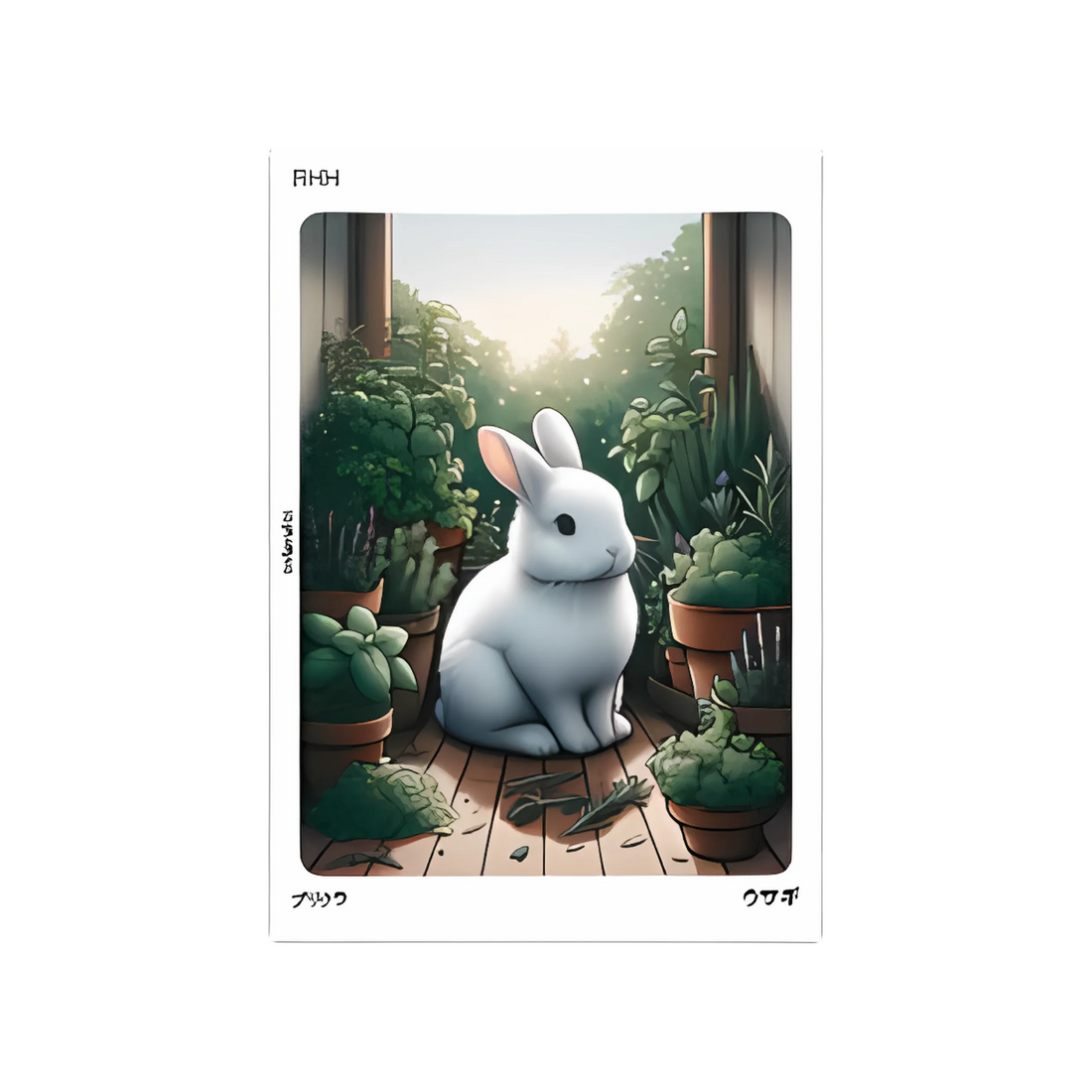

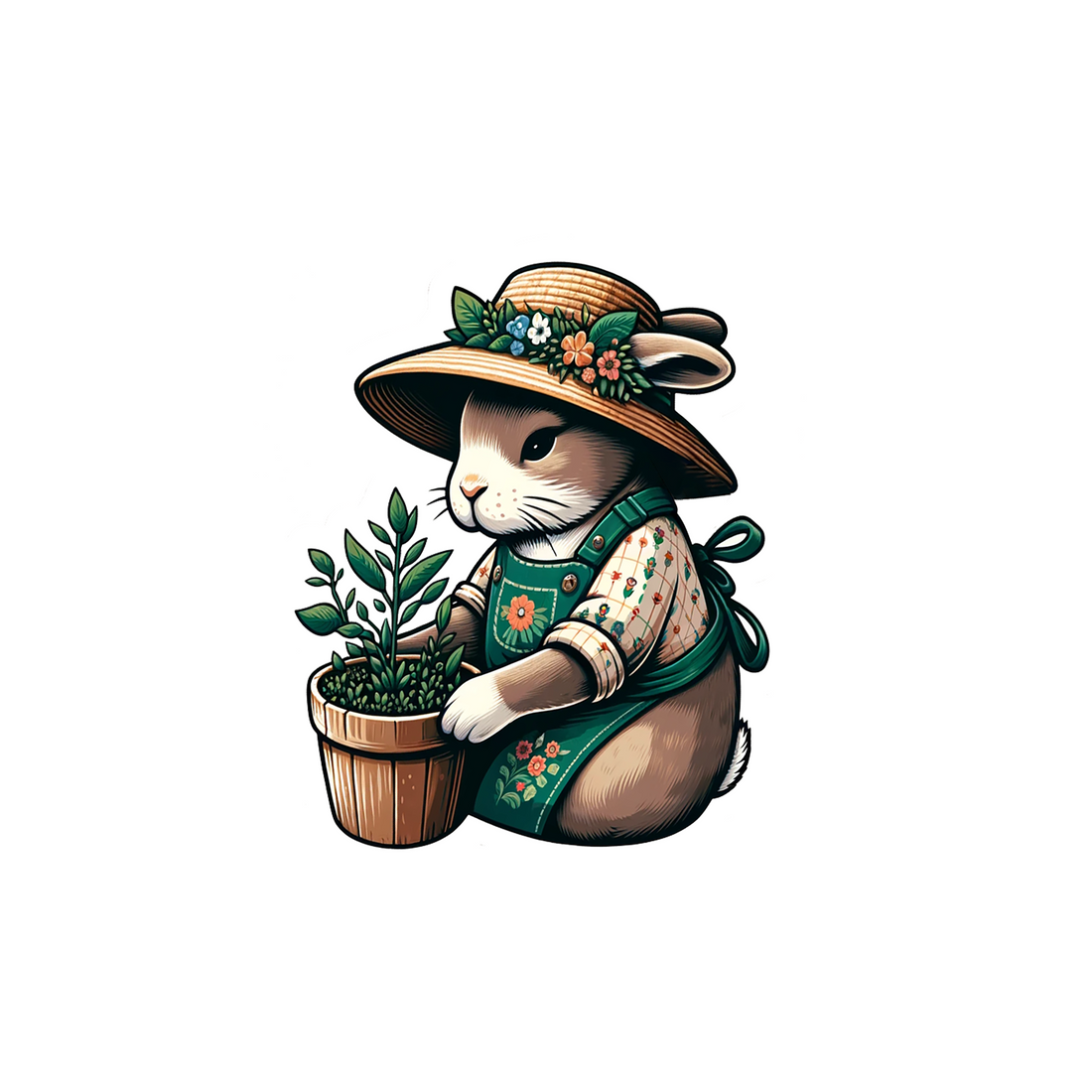
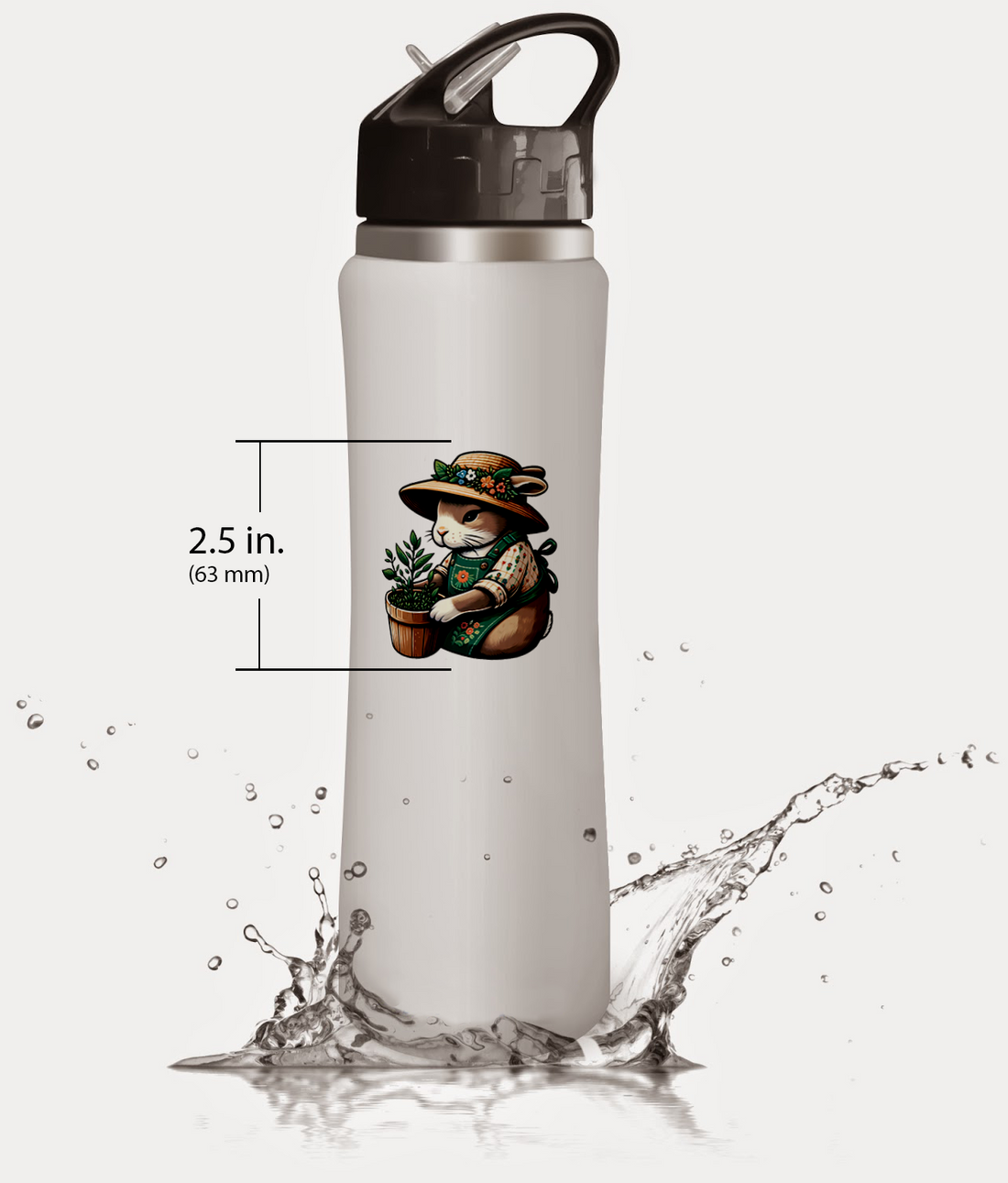






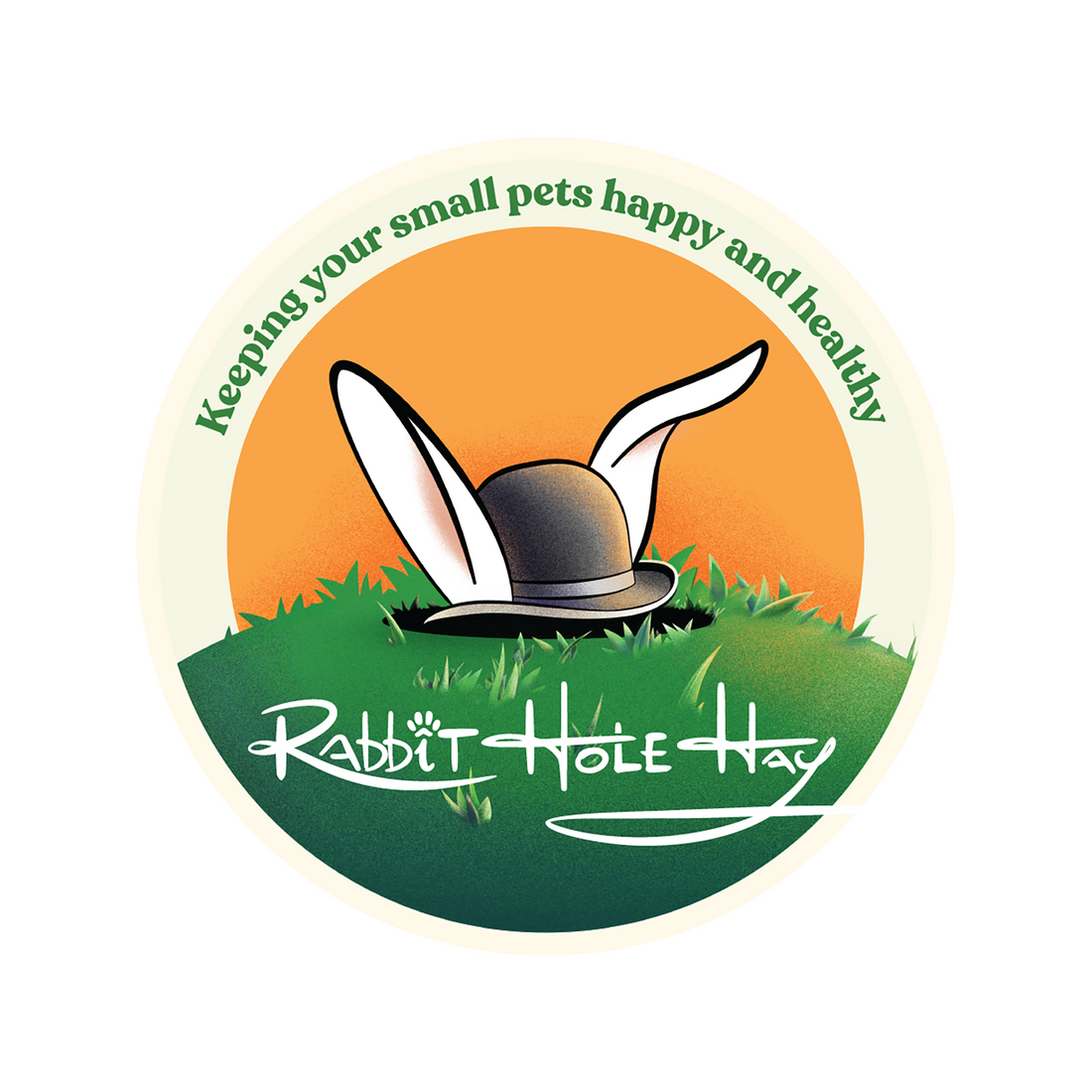










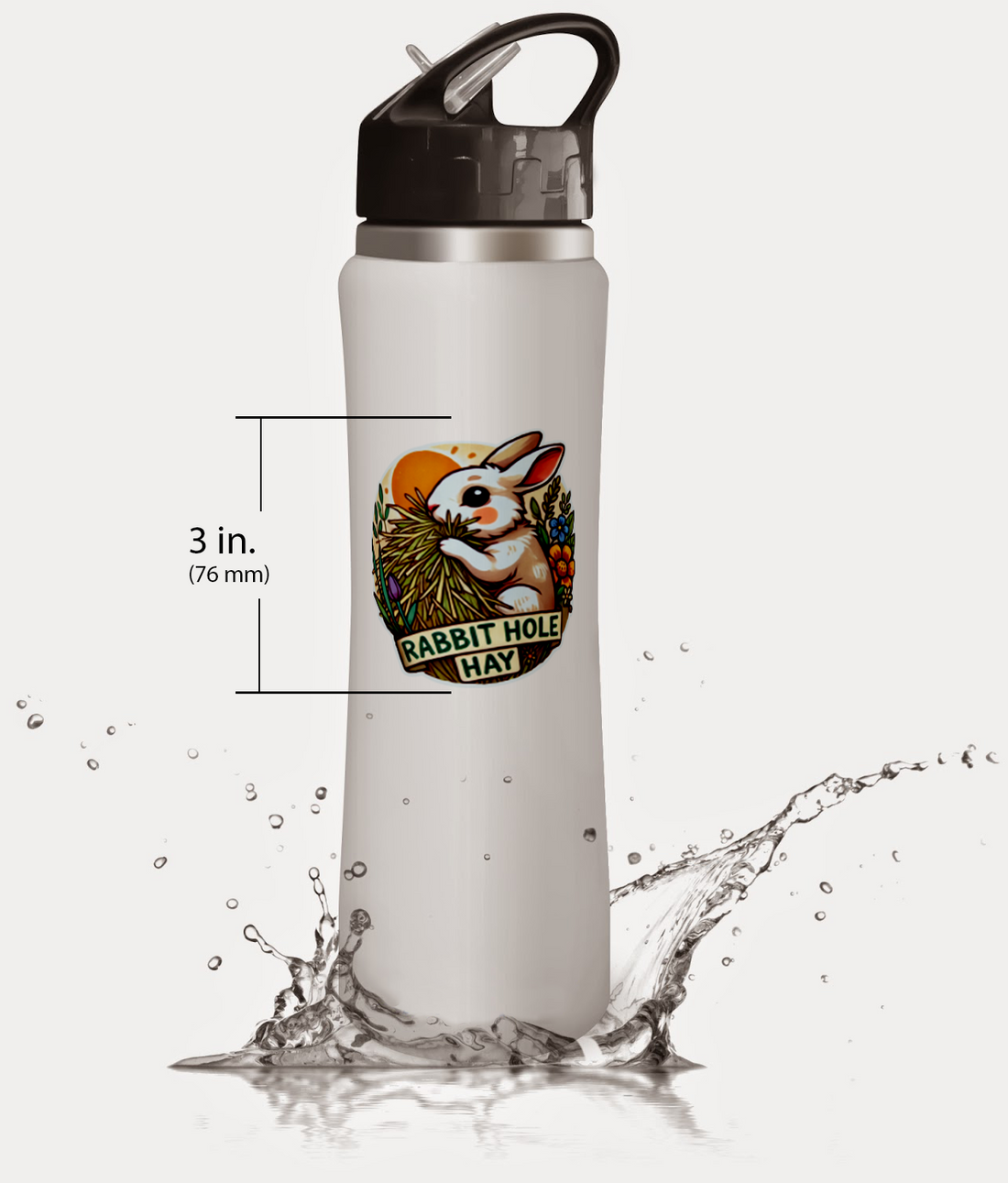
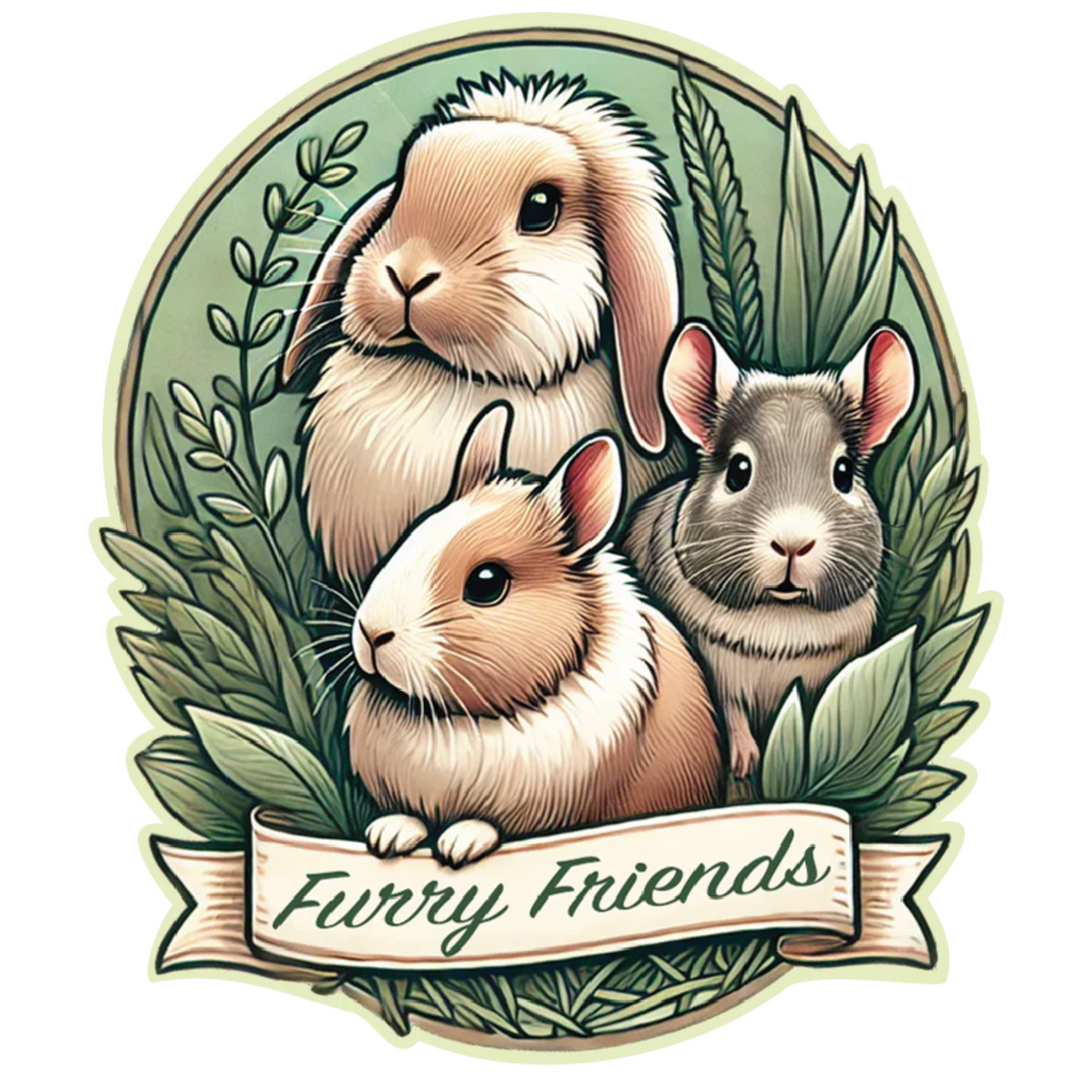
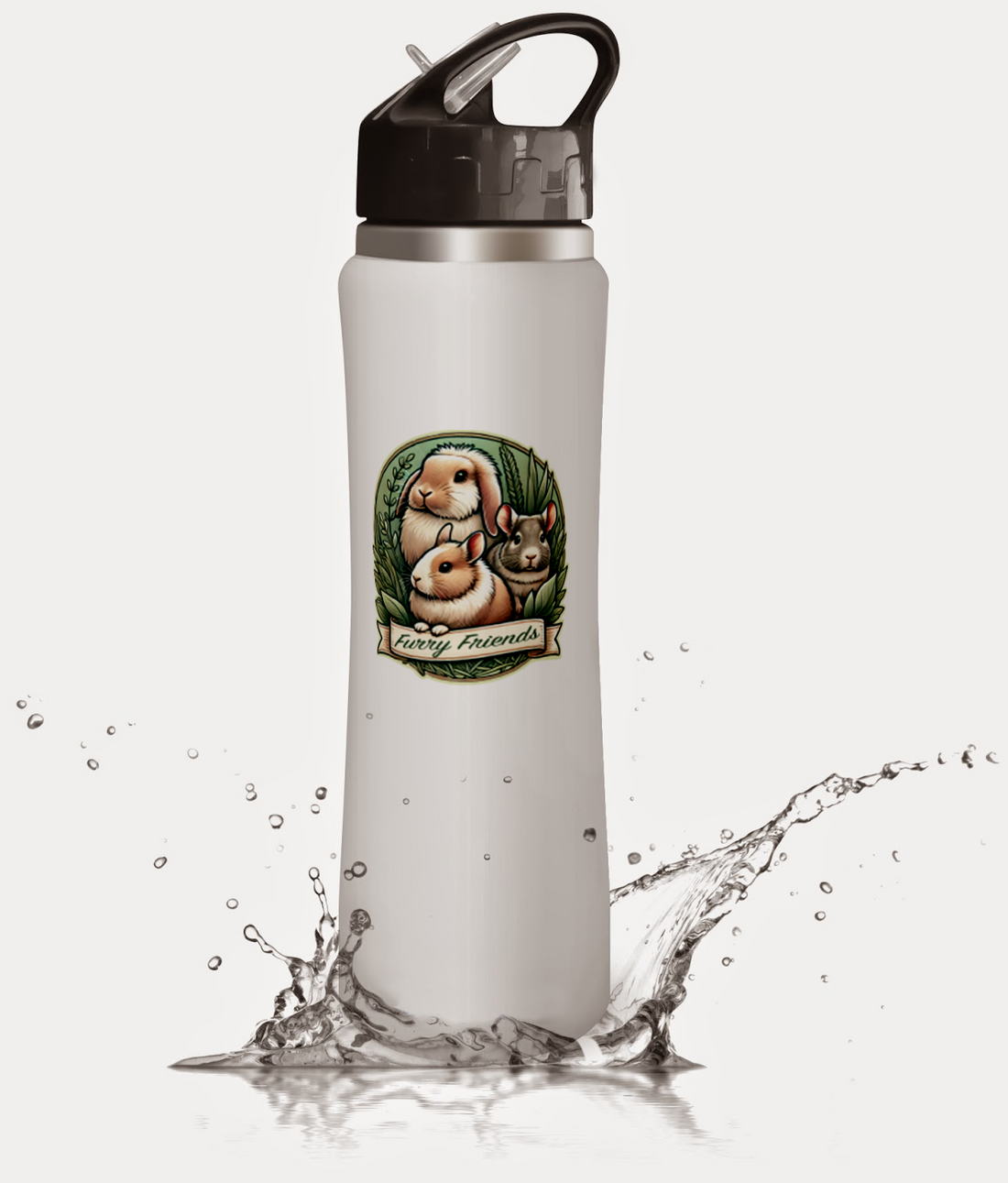





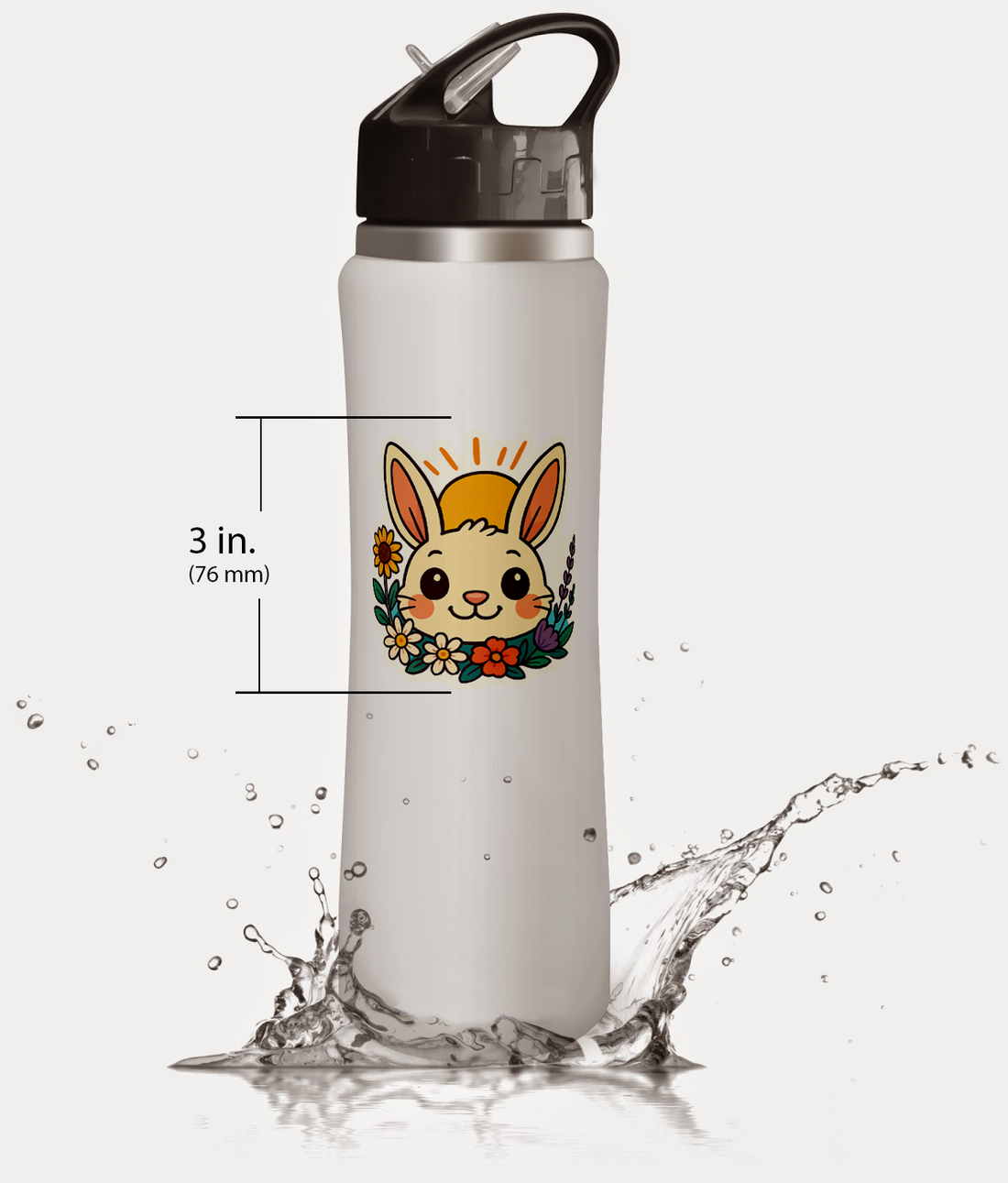






Comments